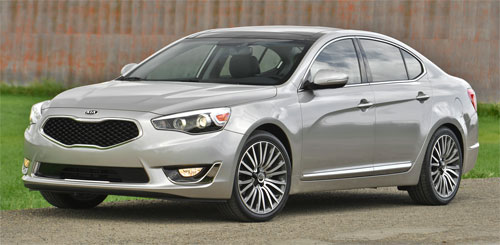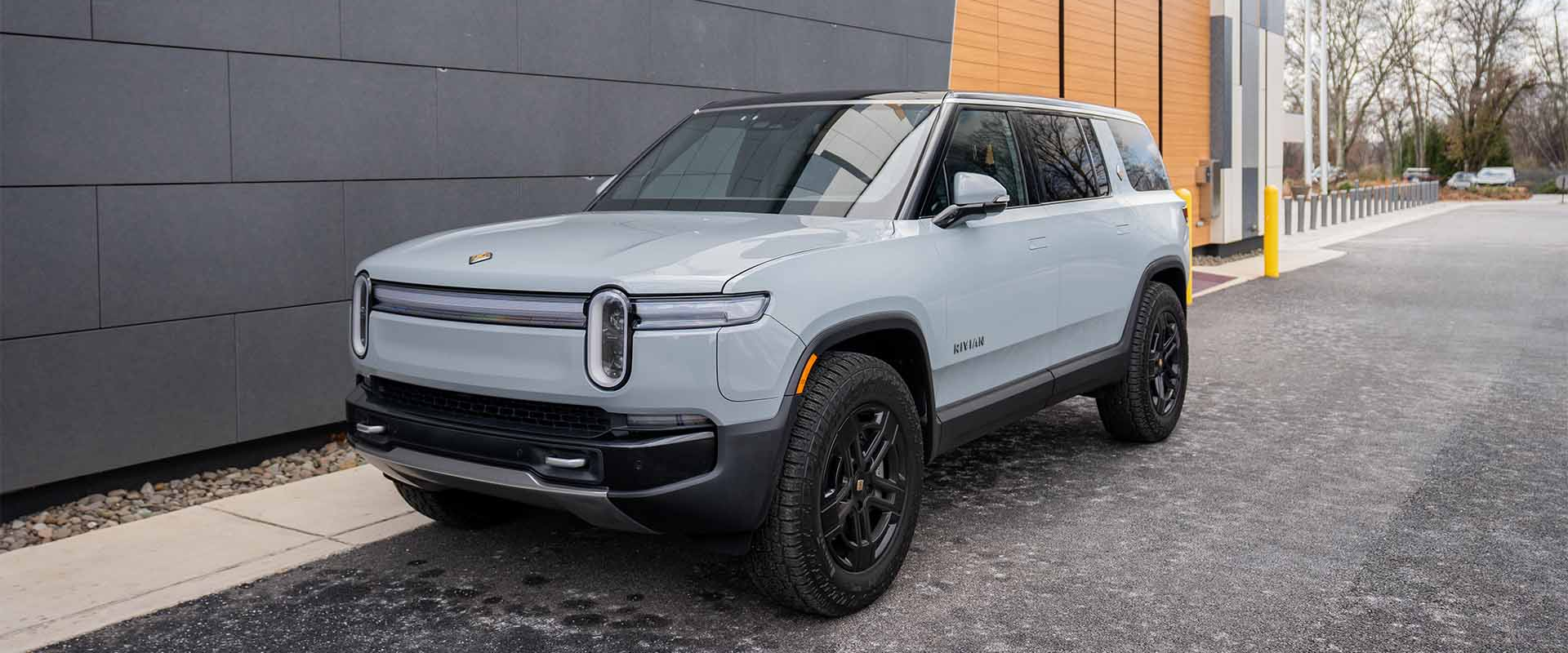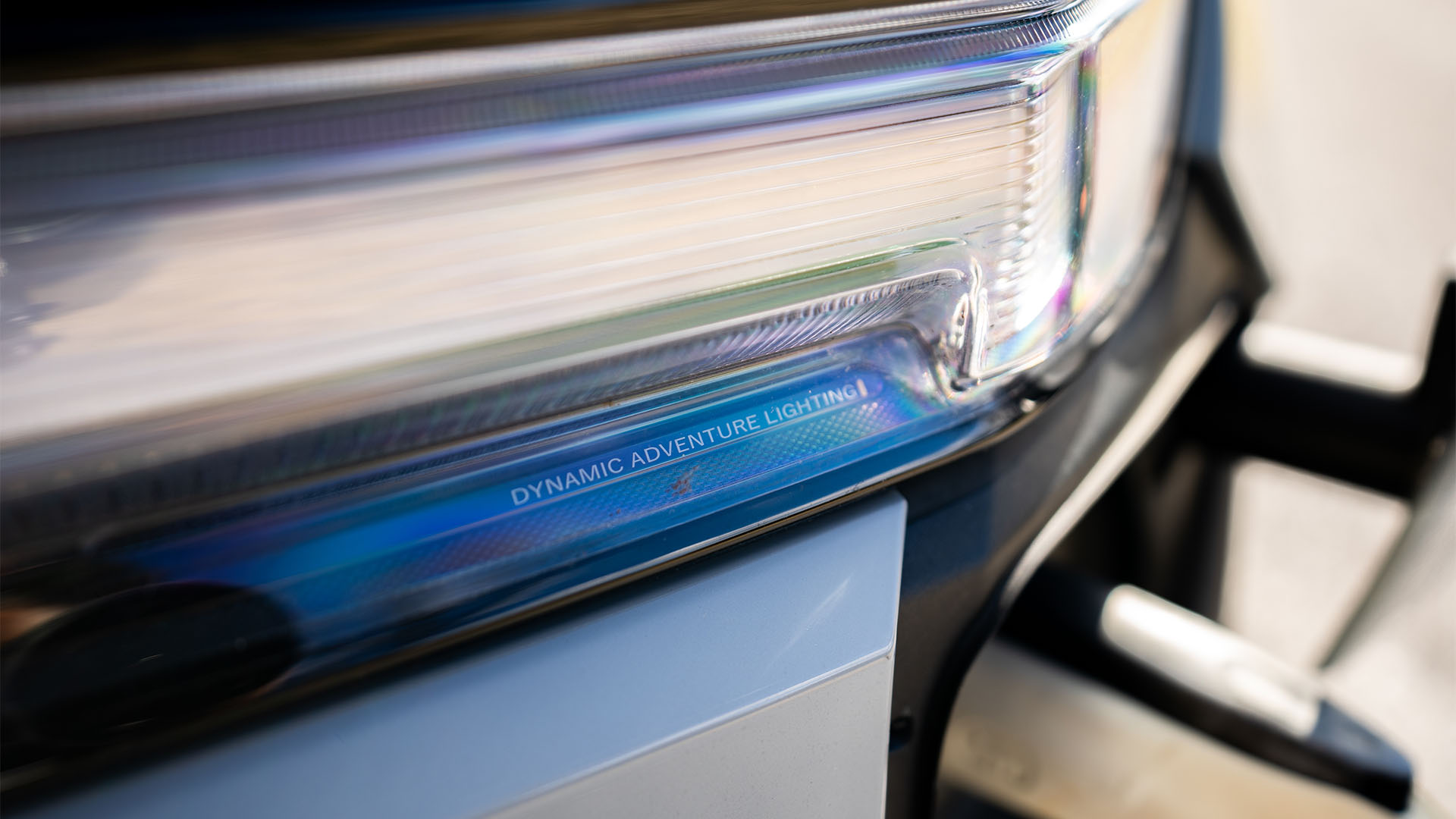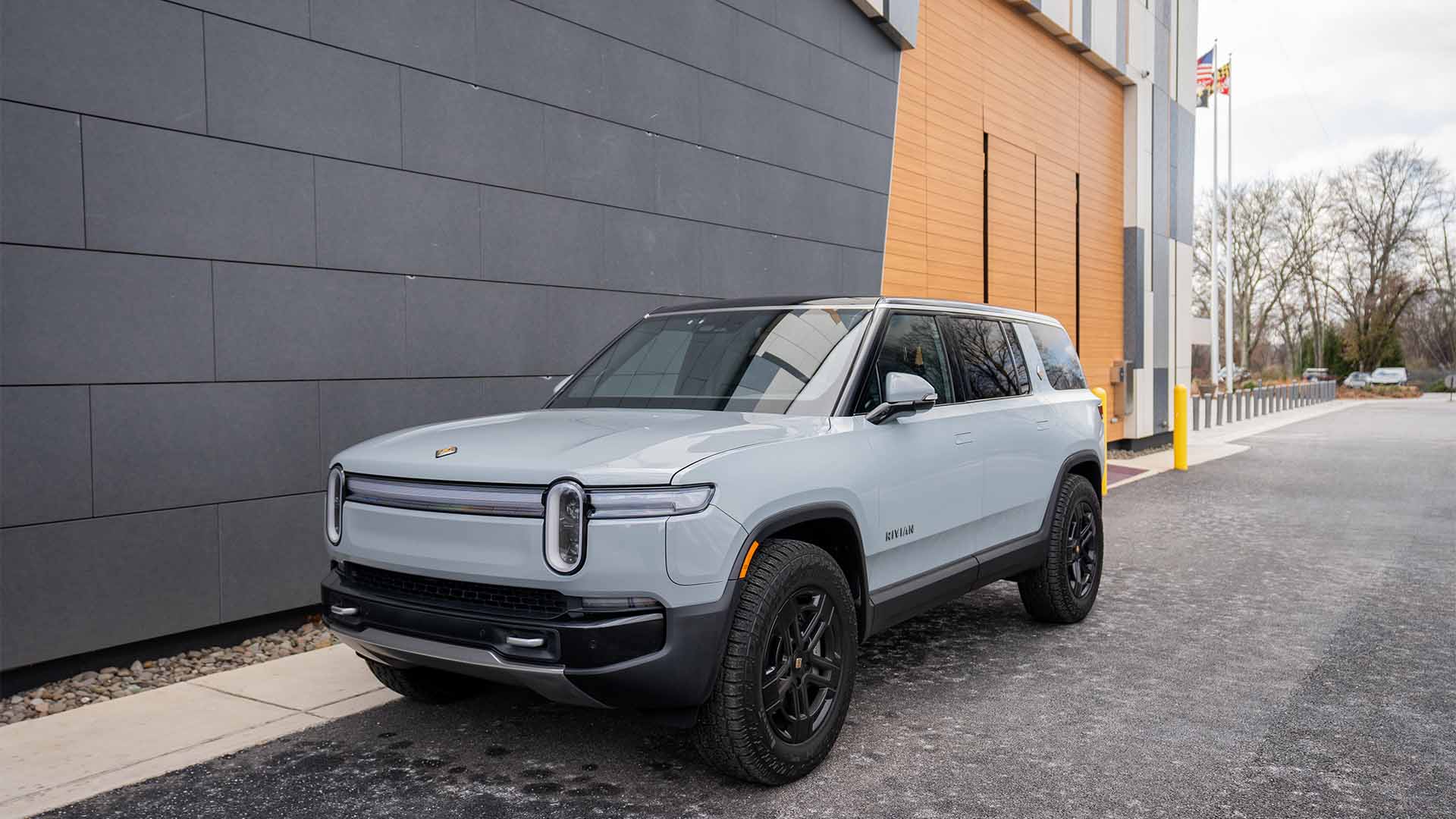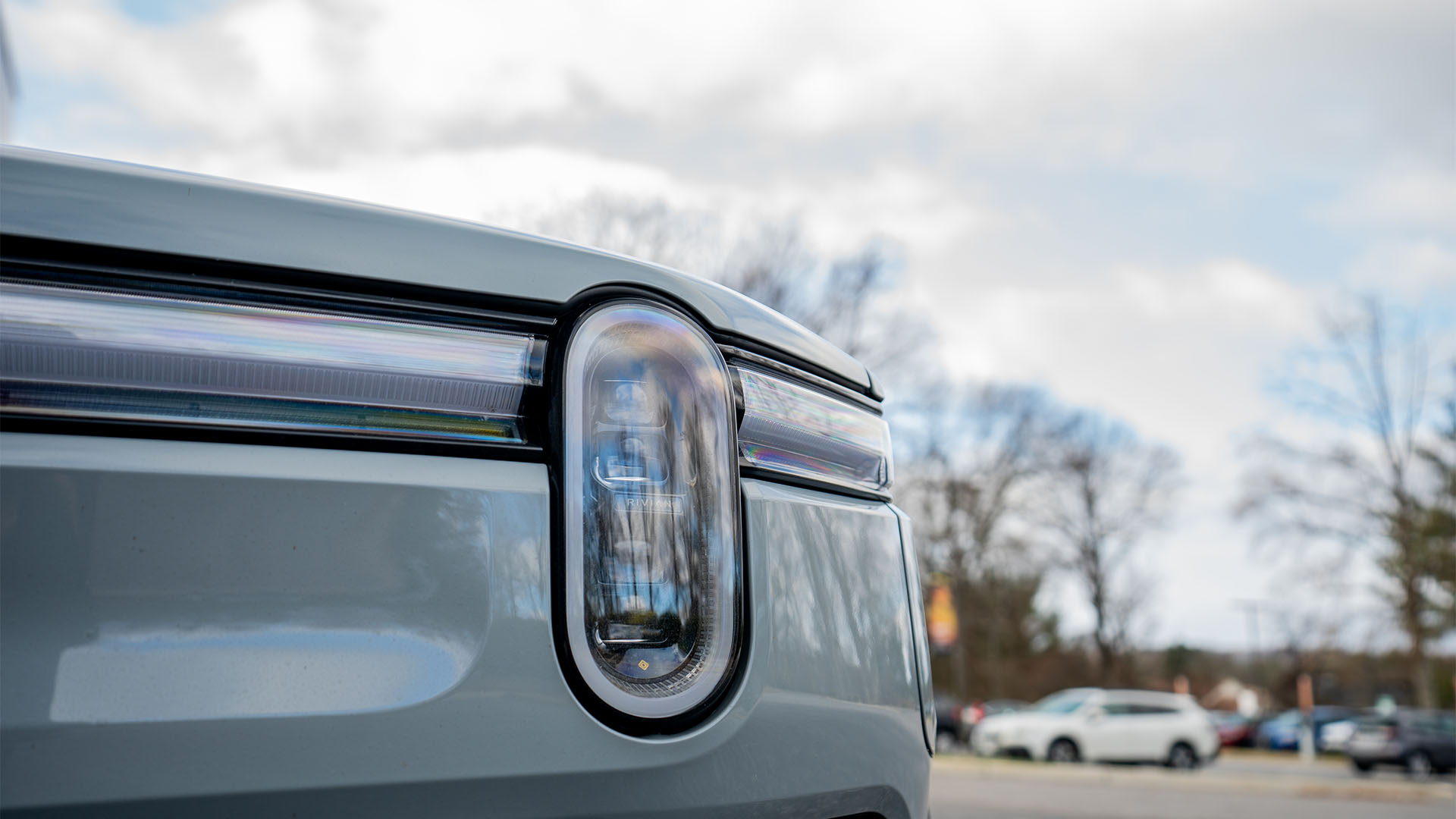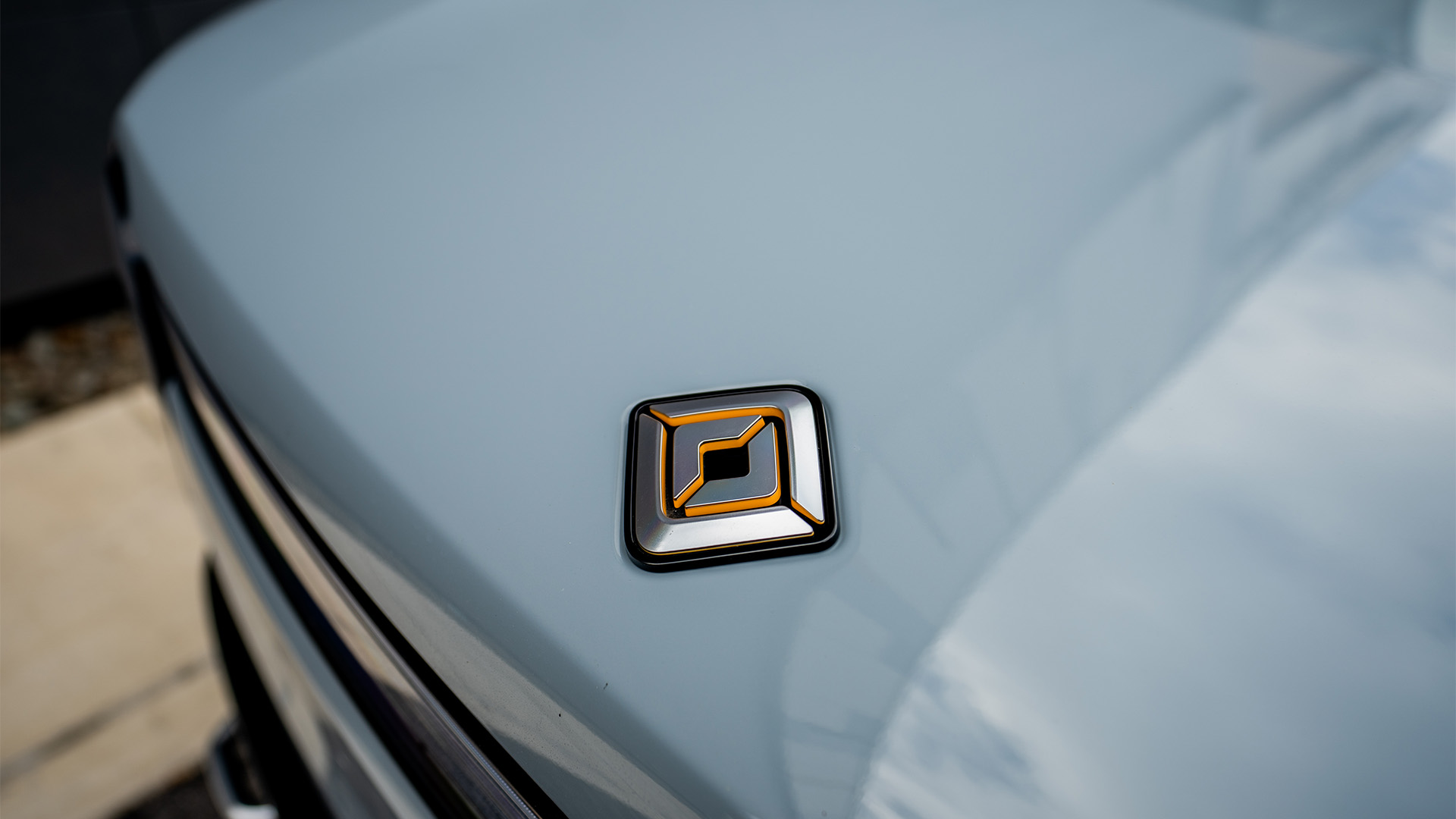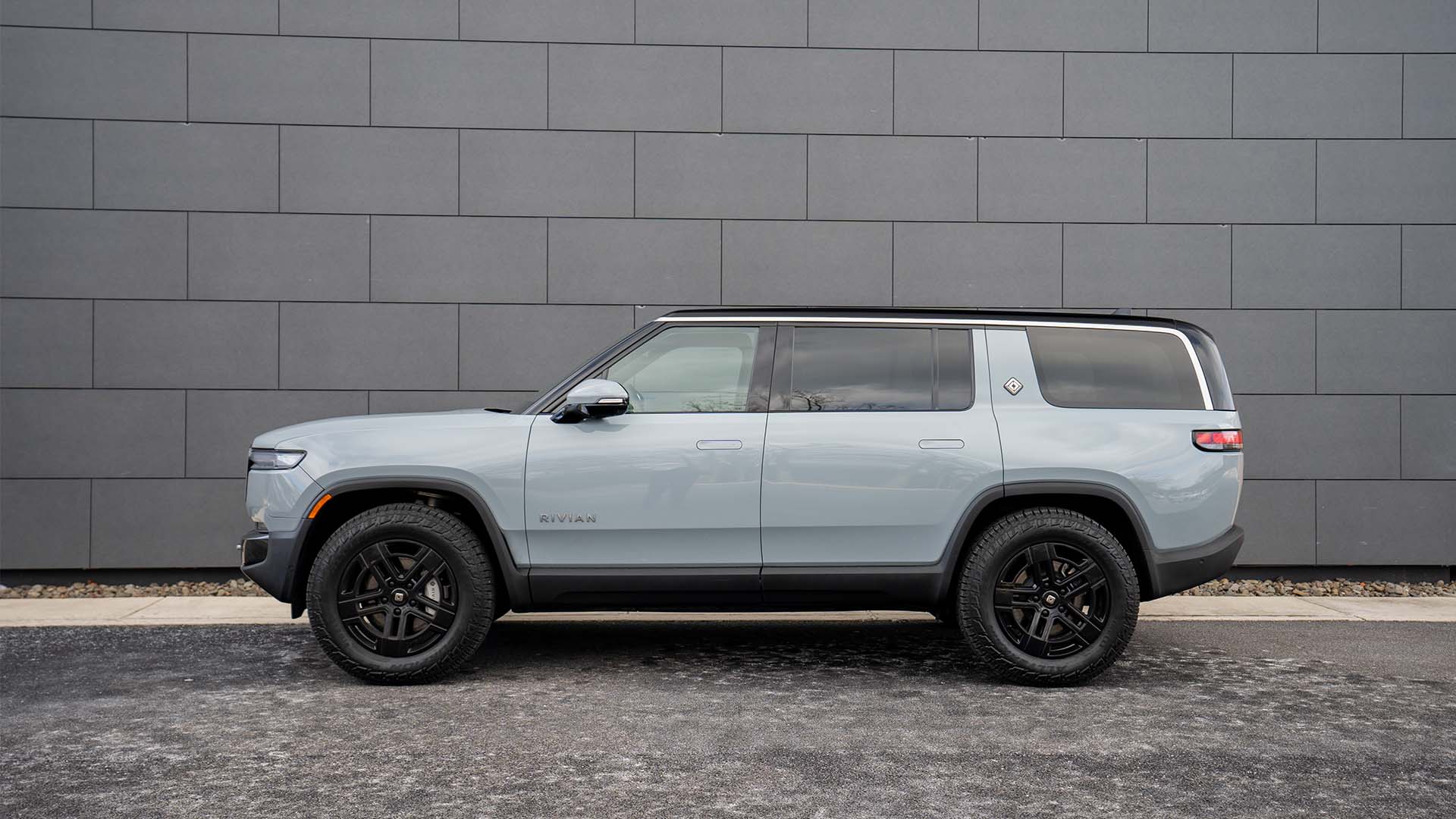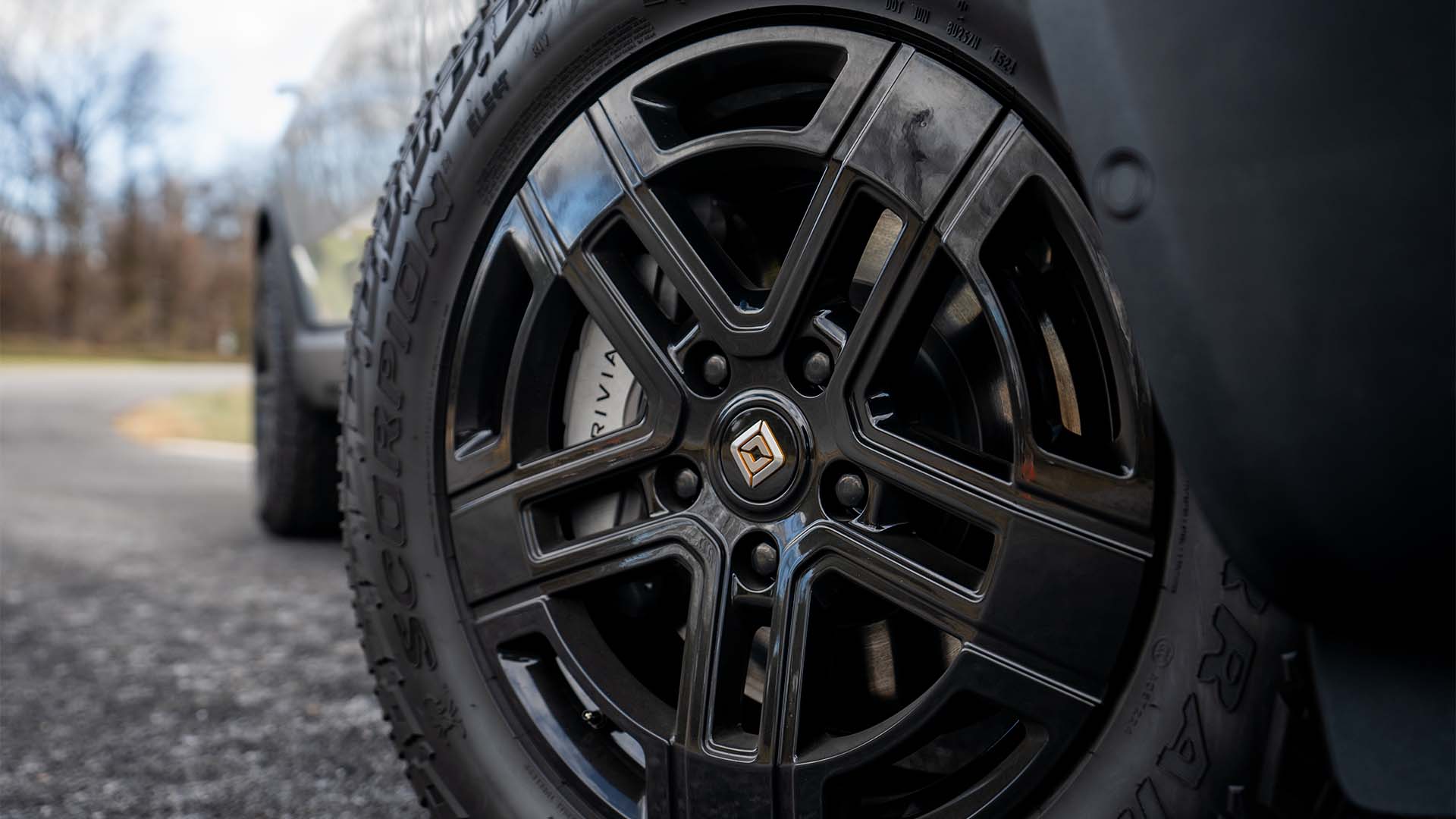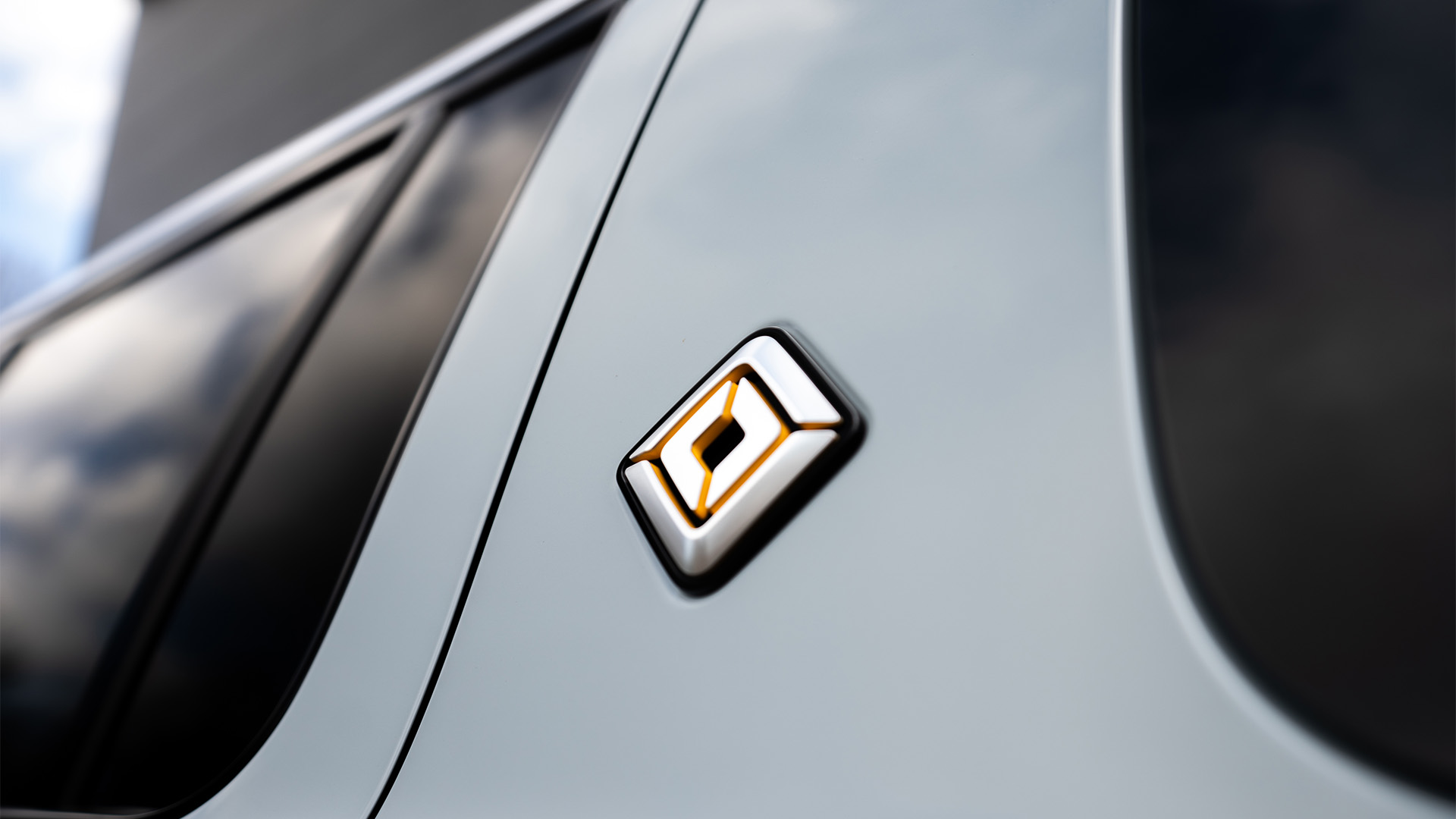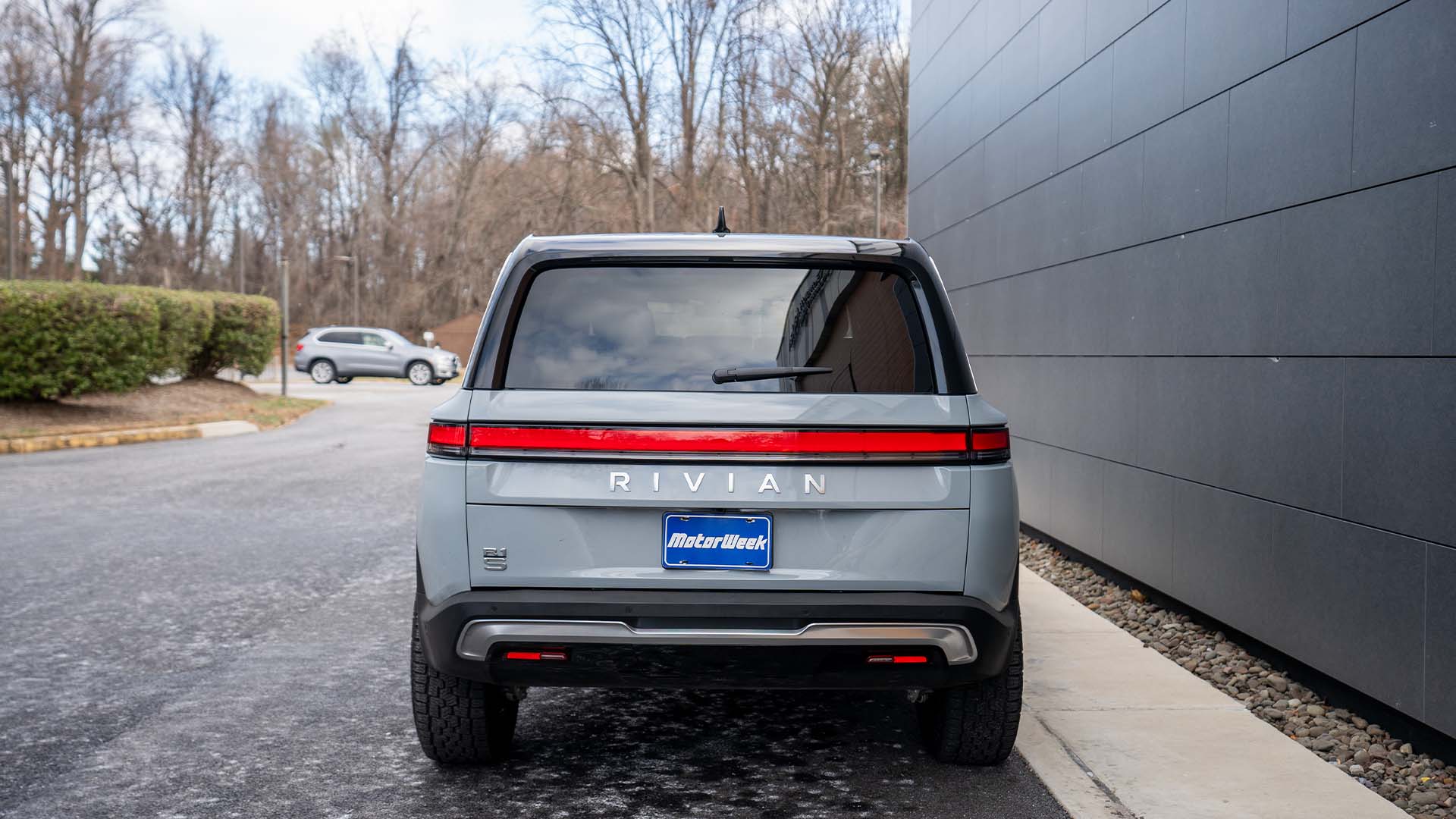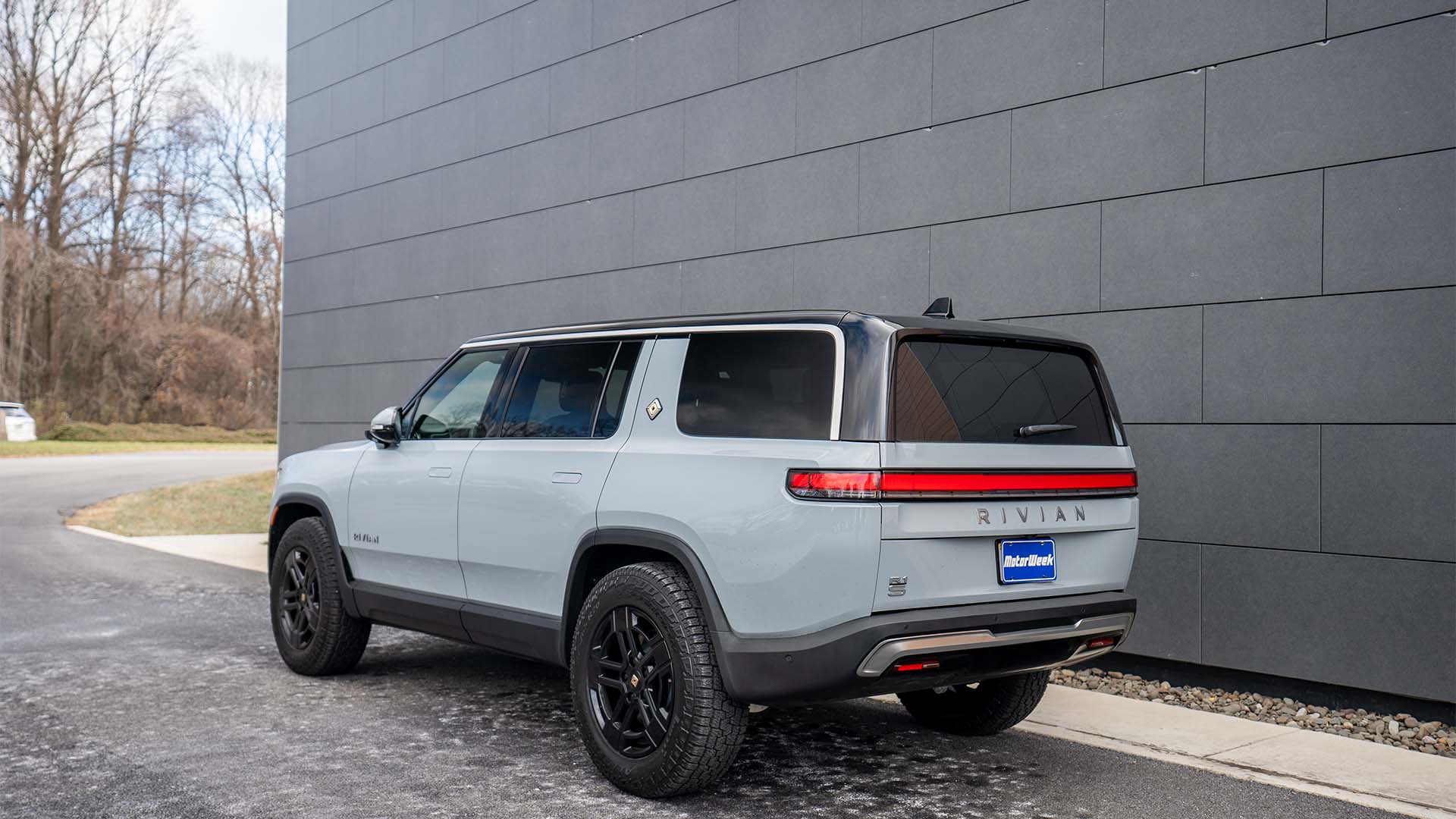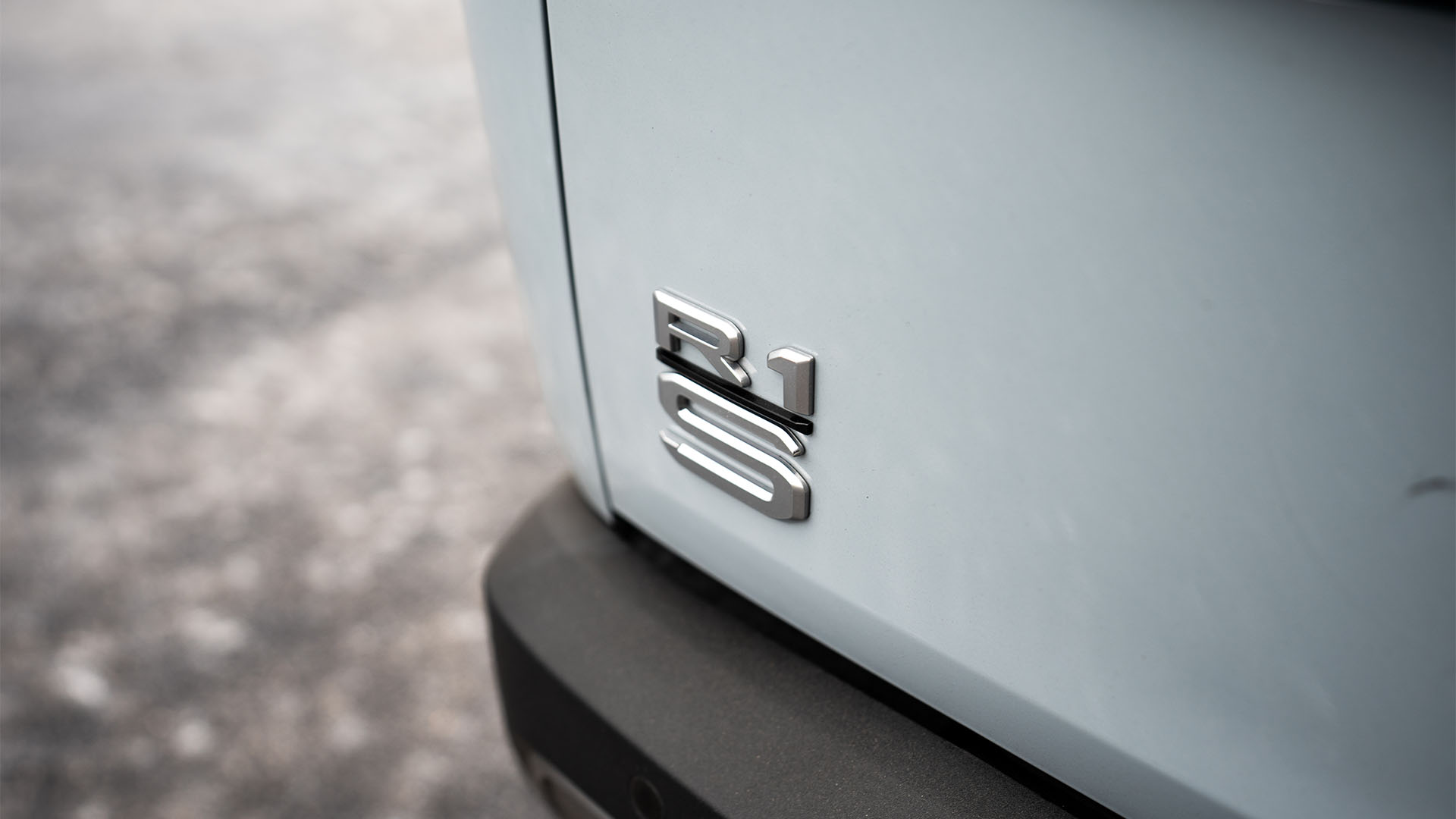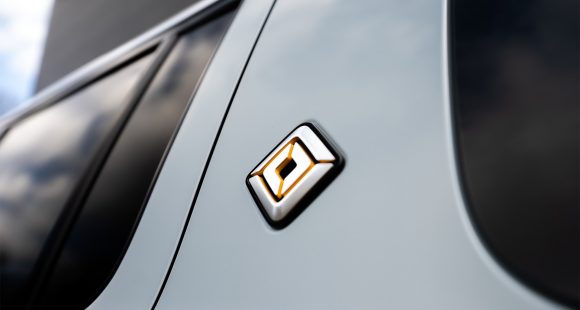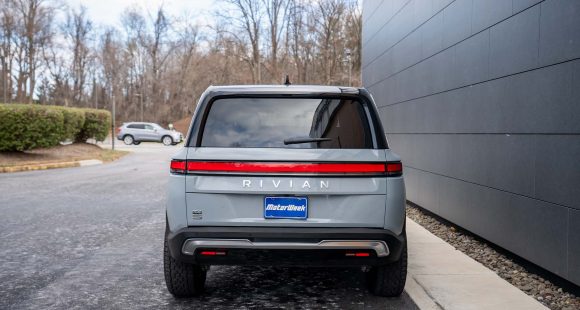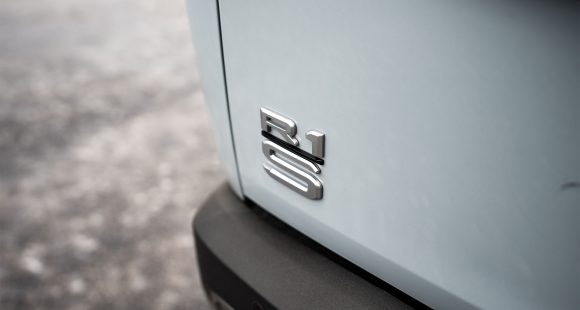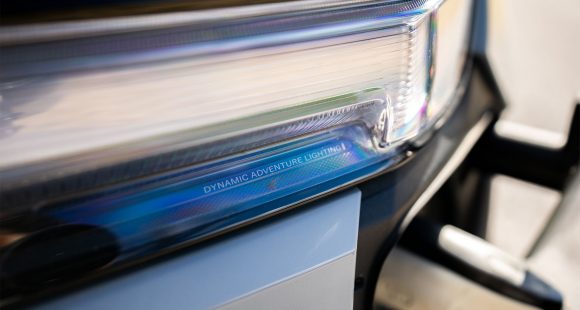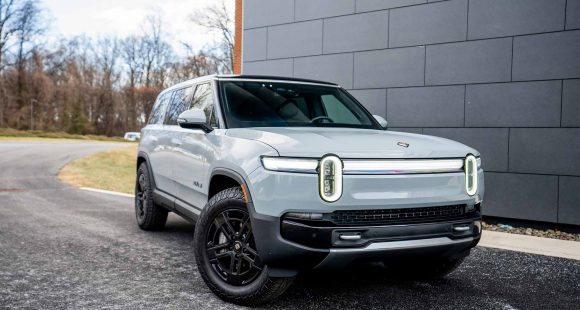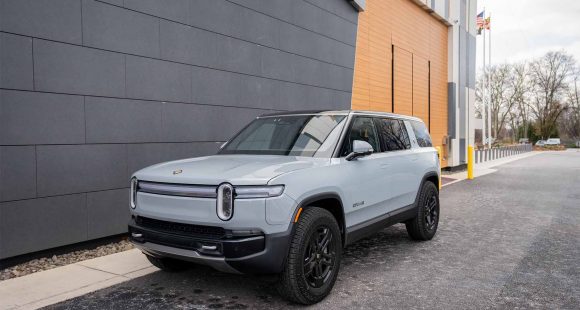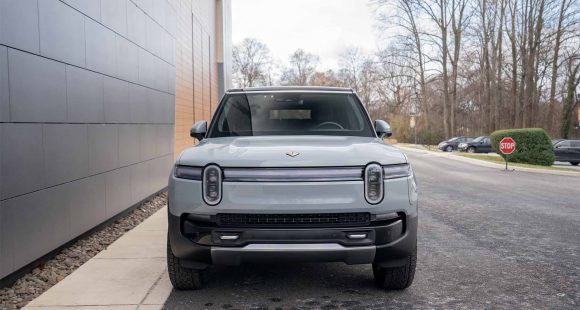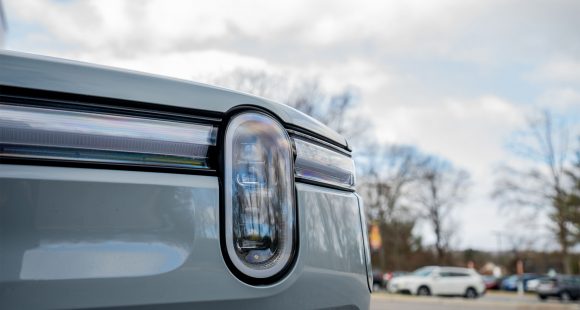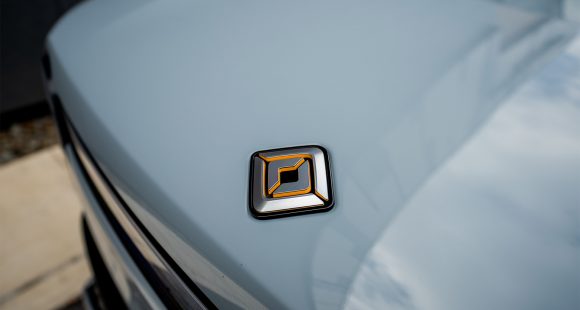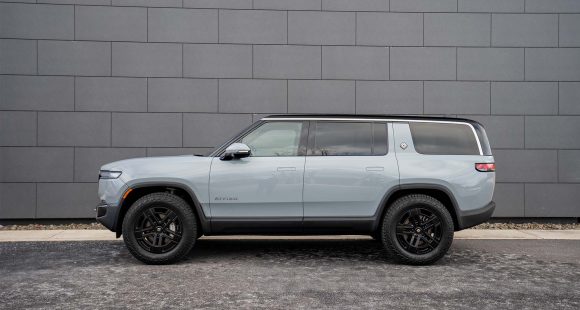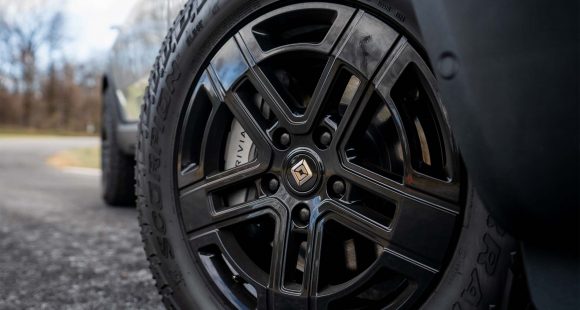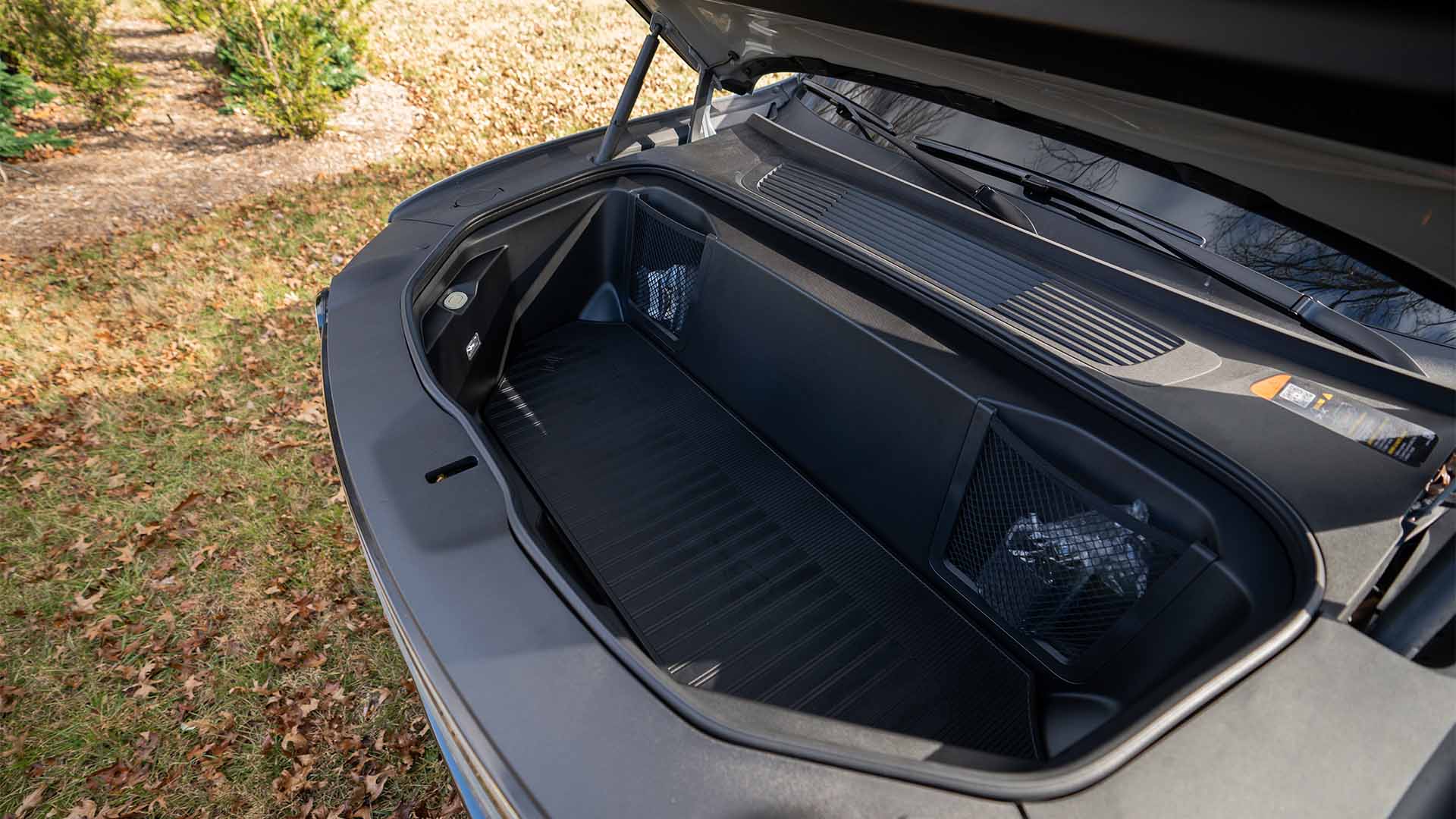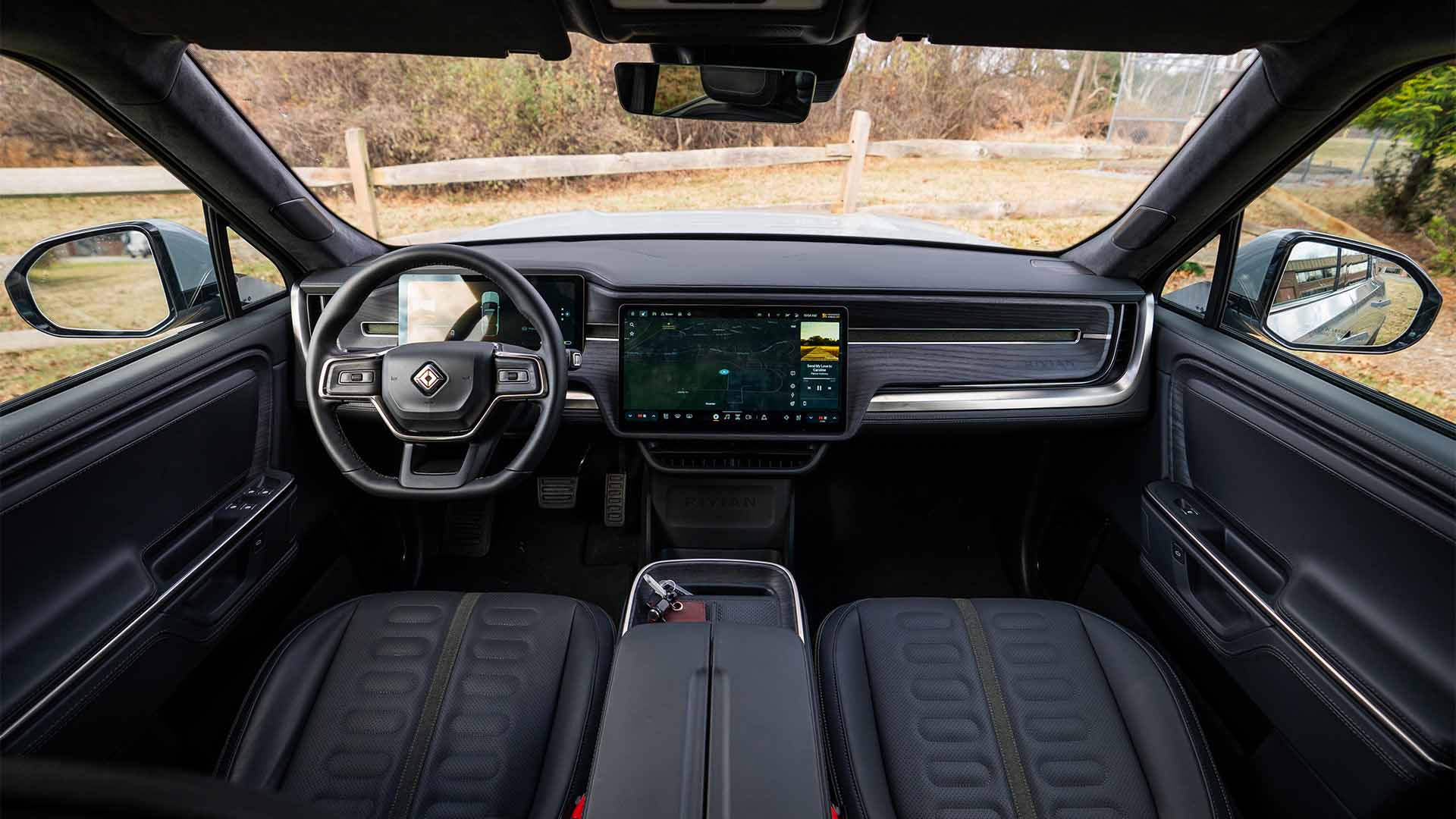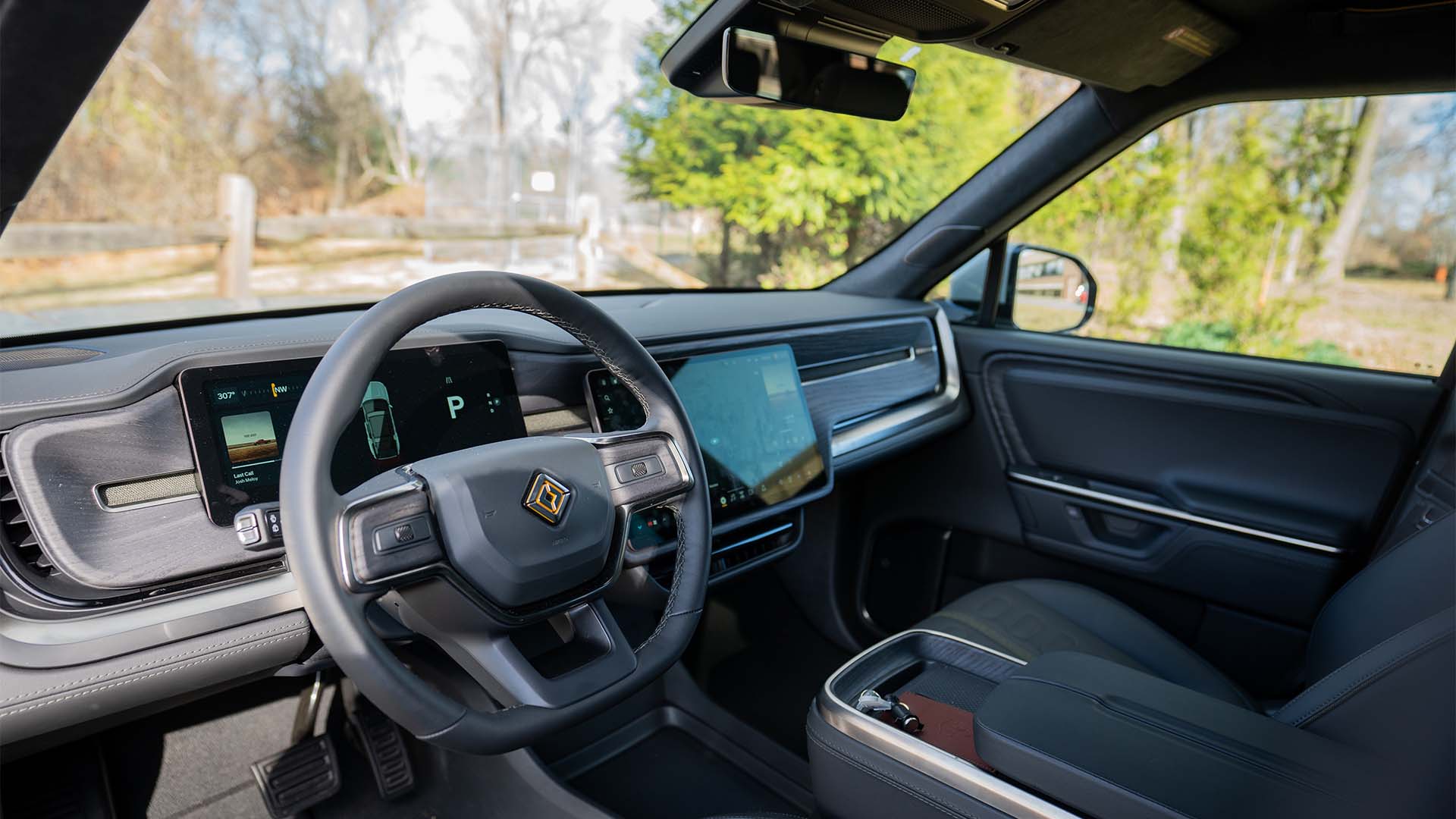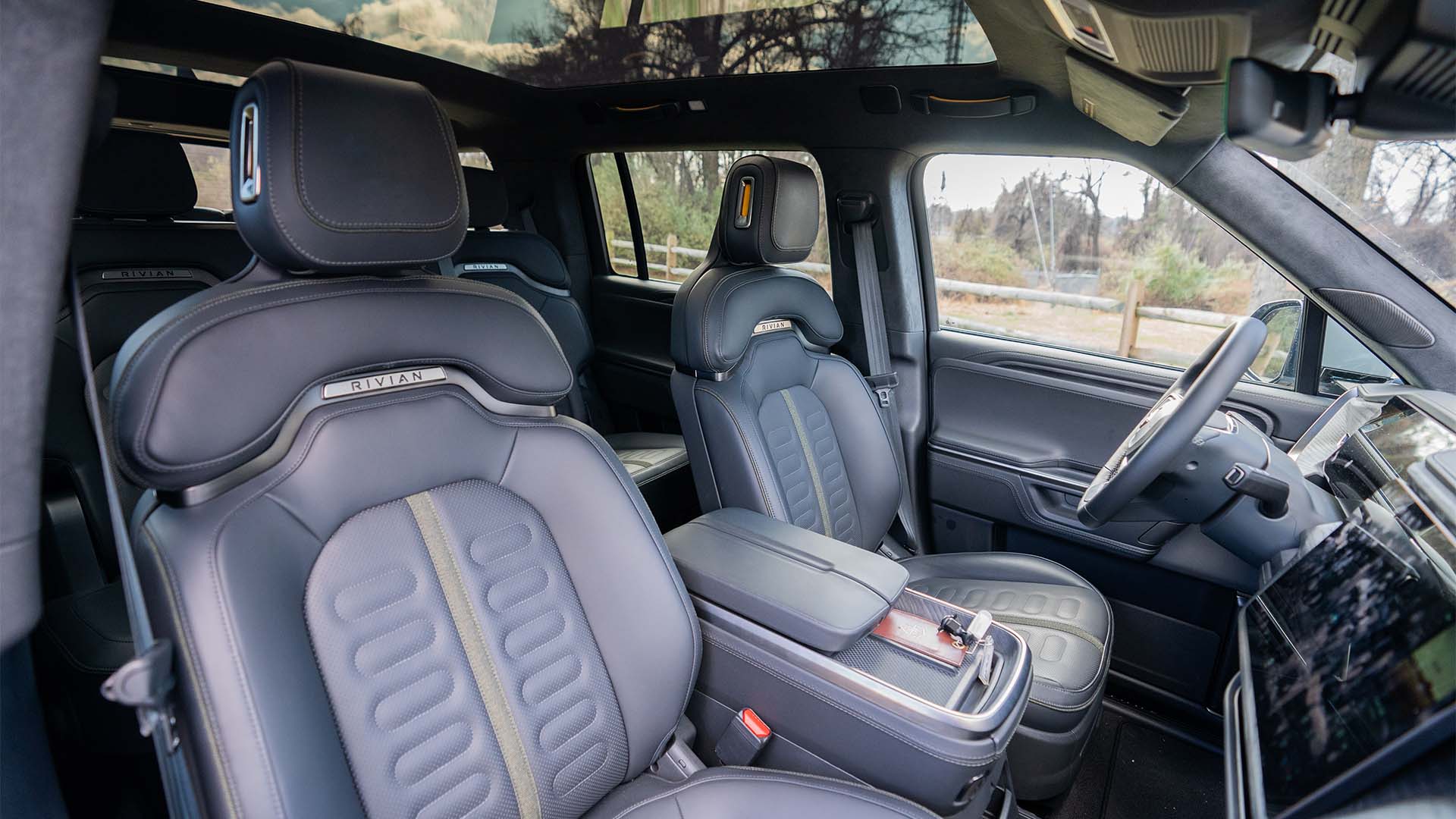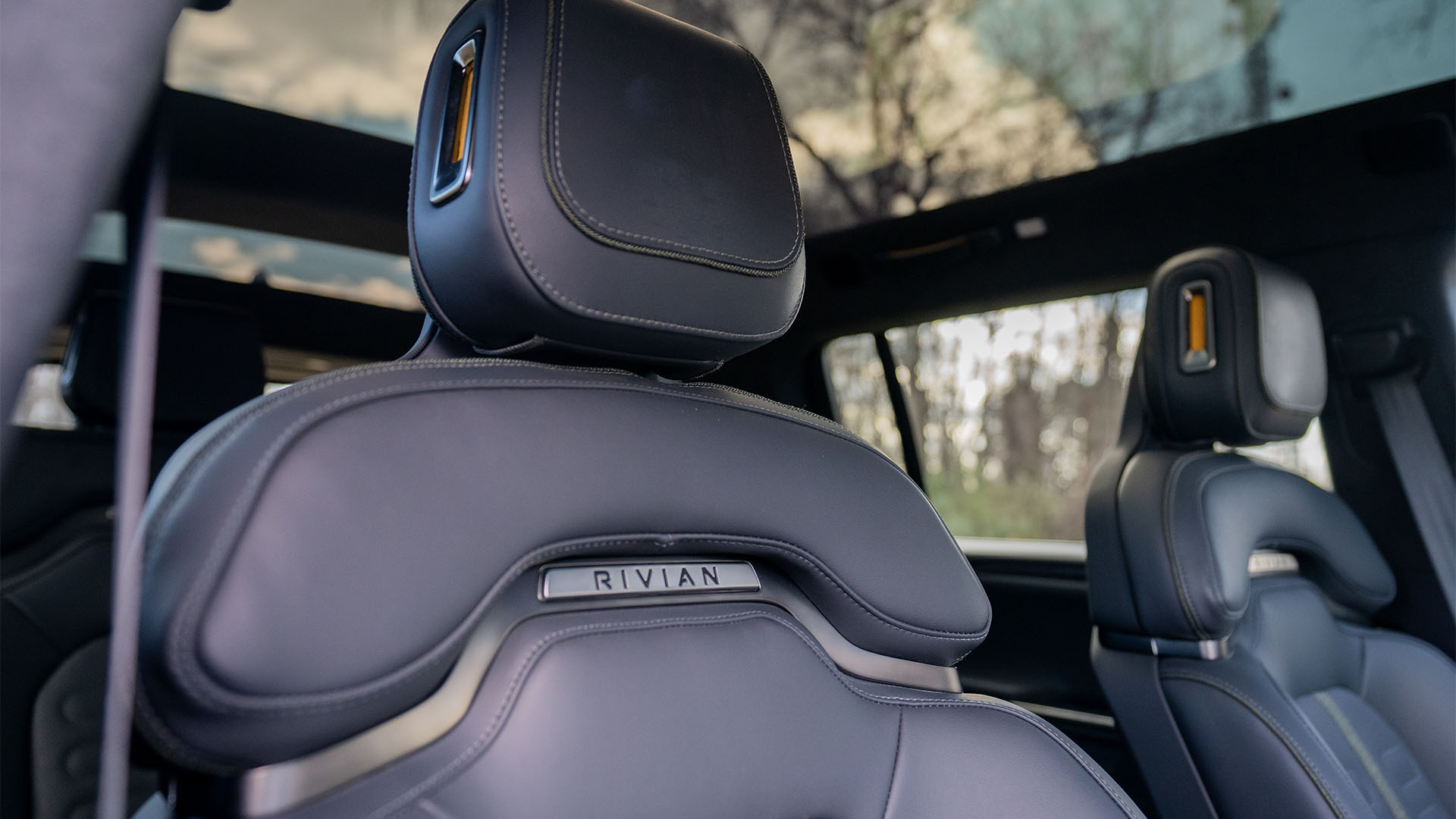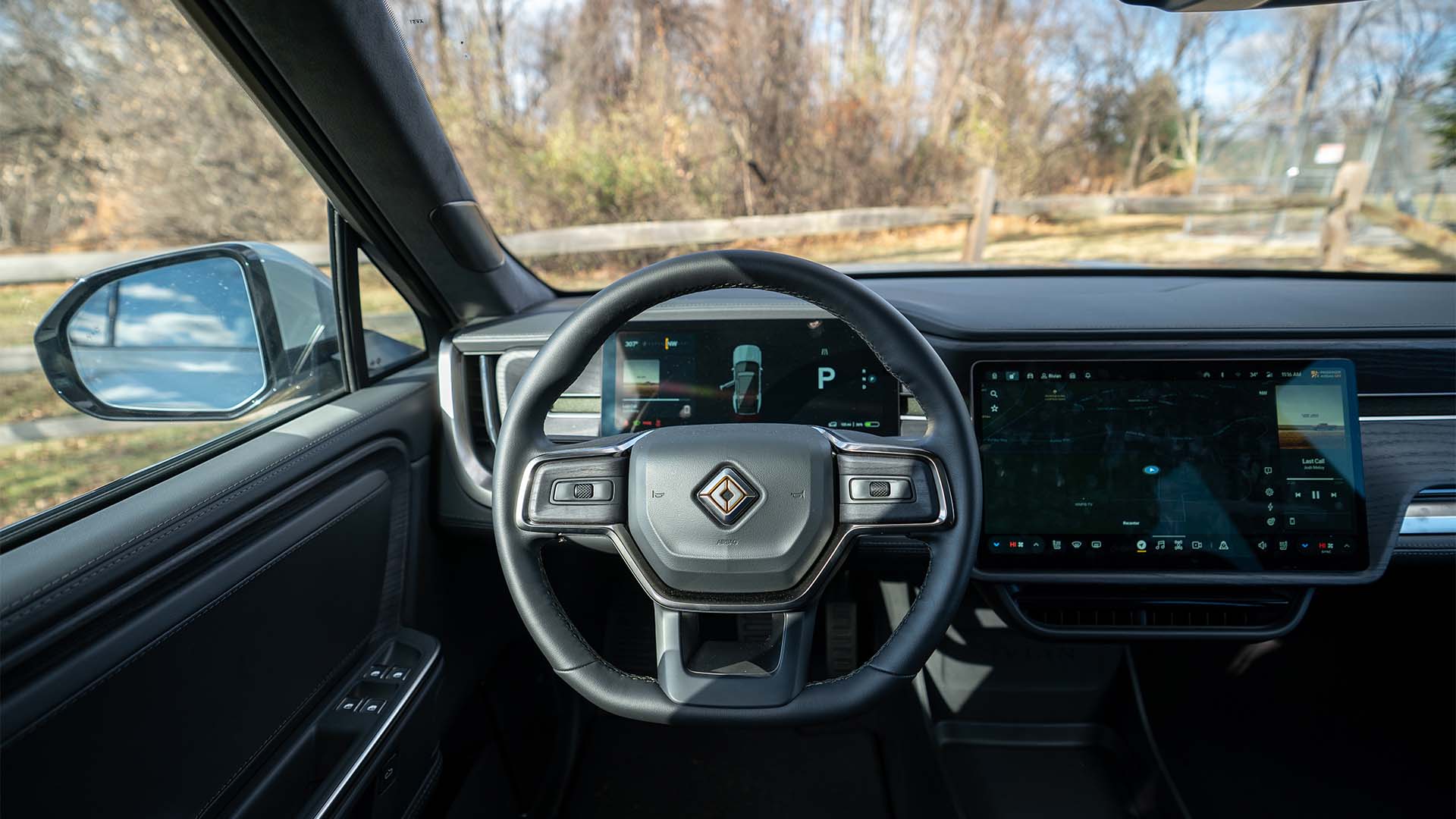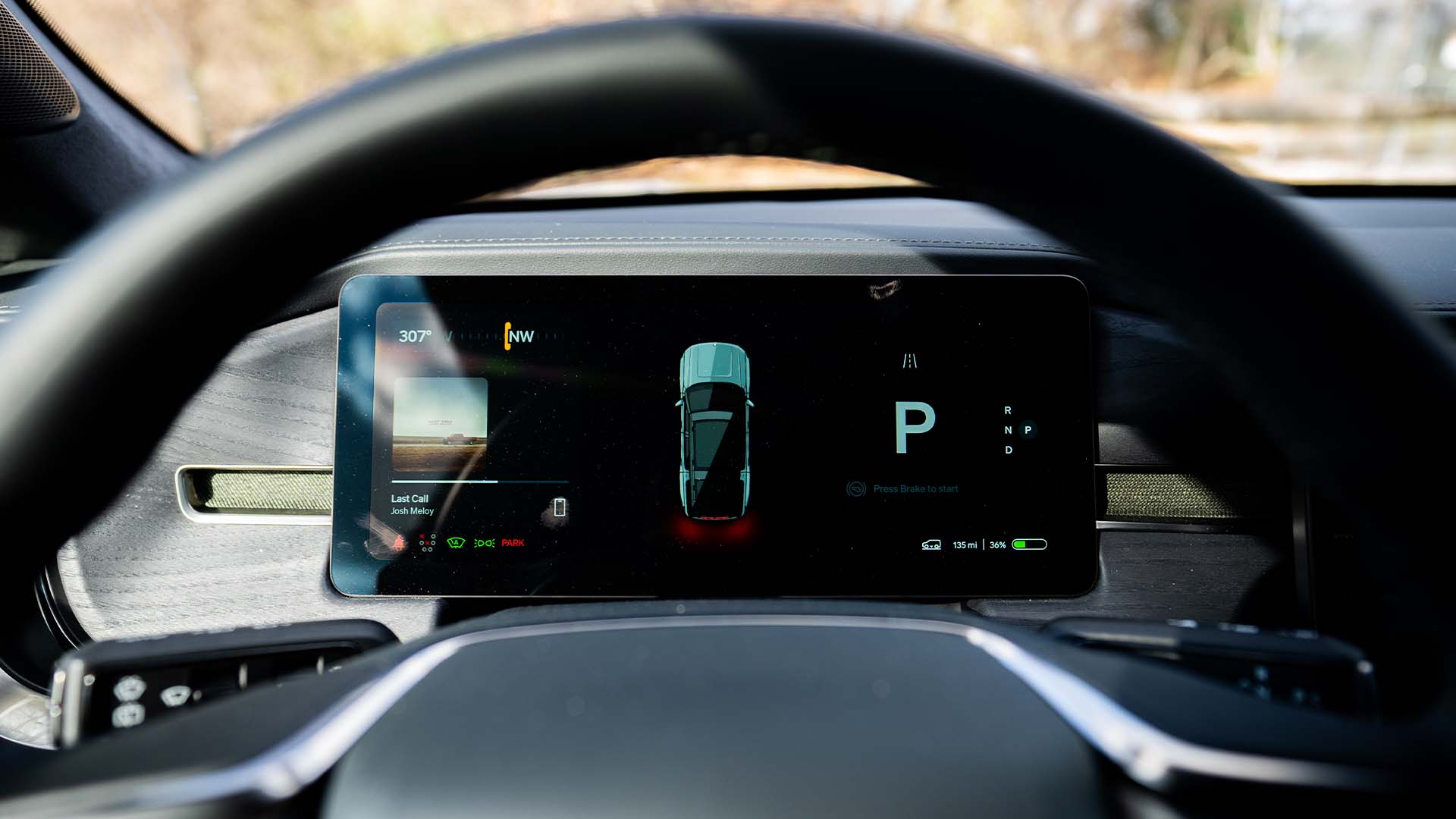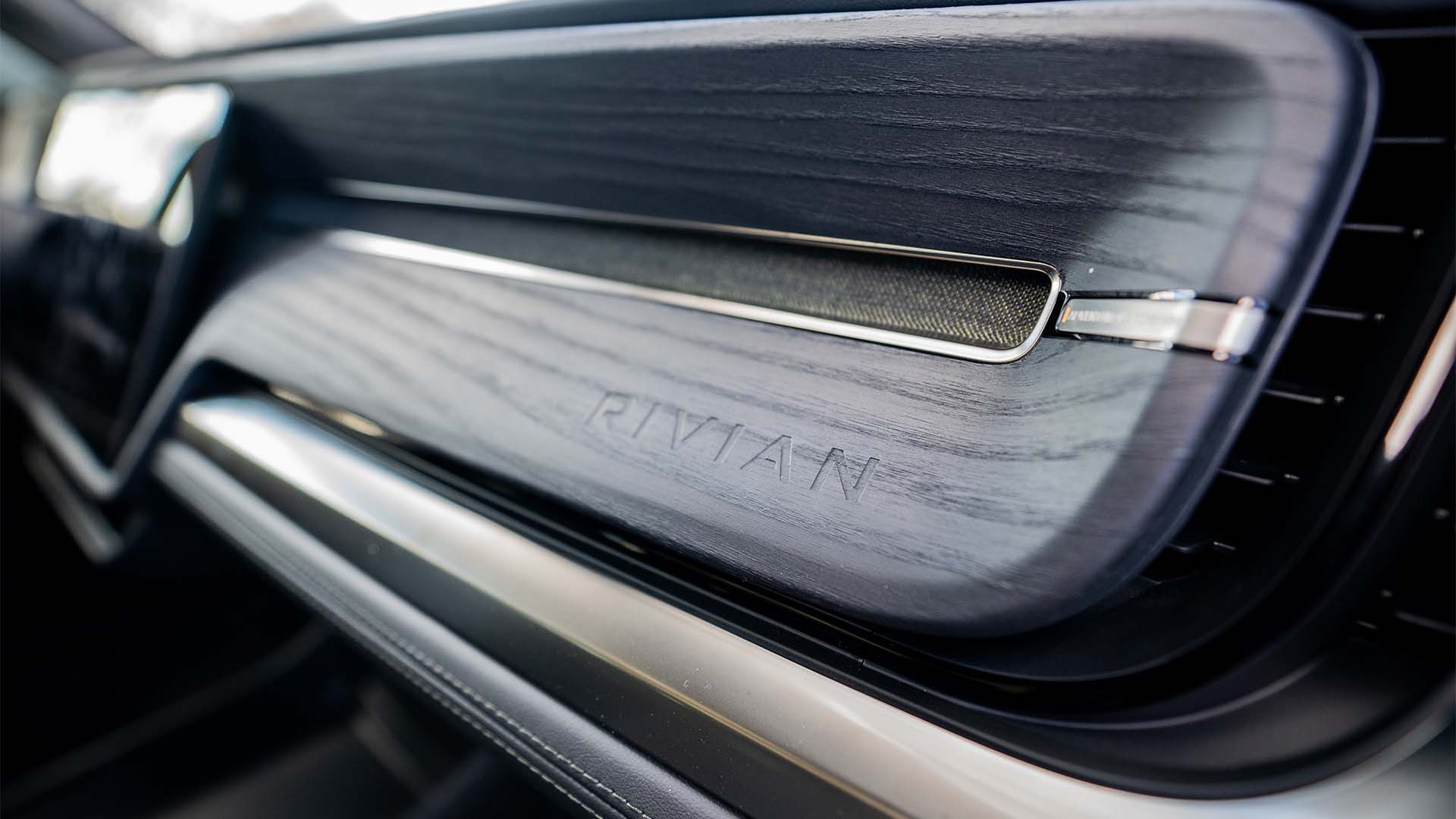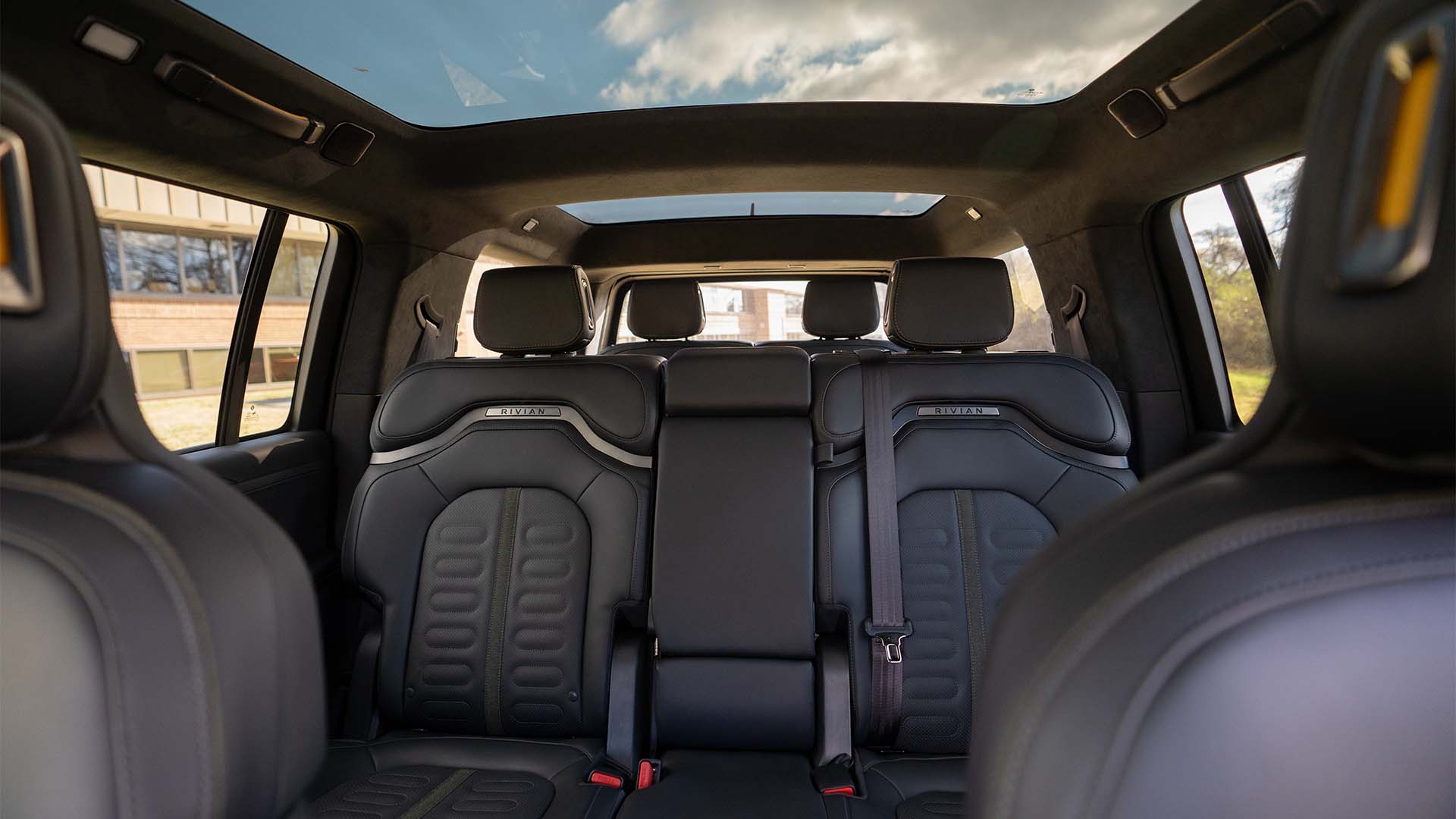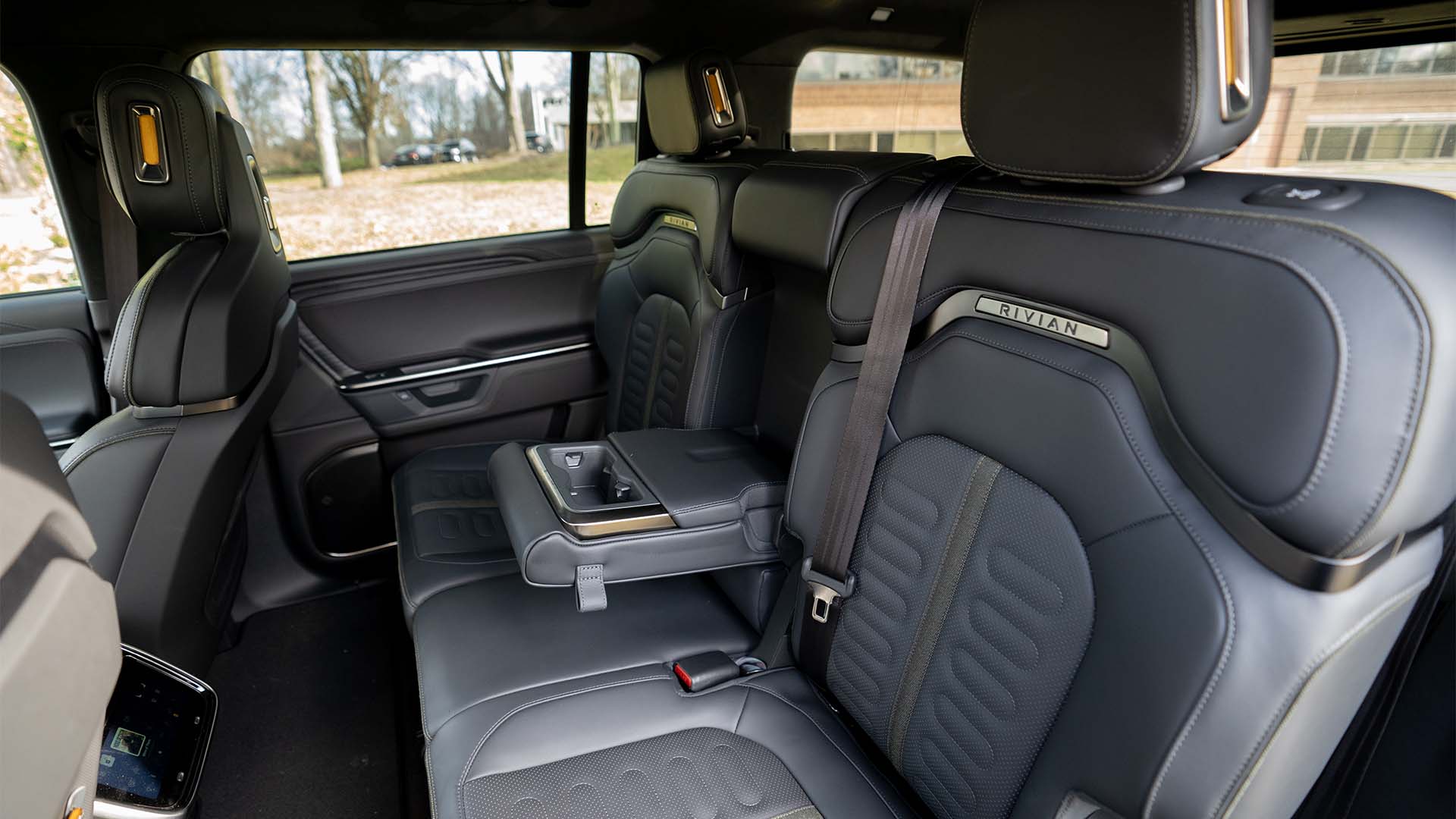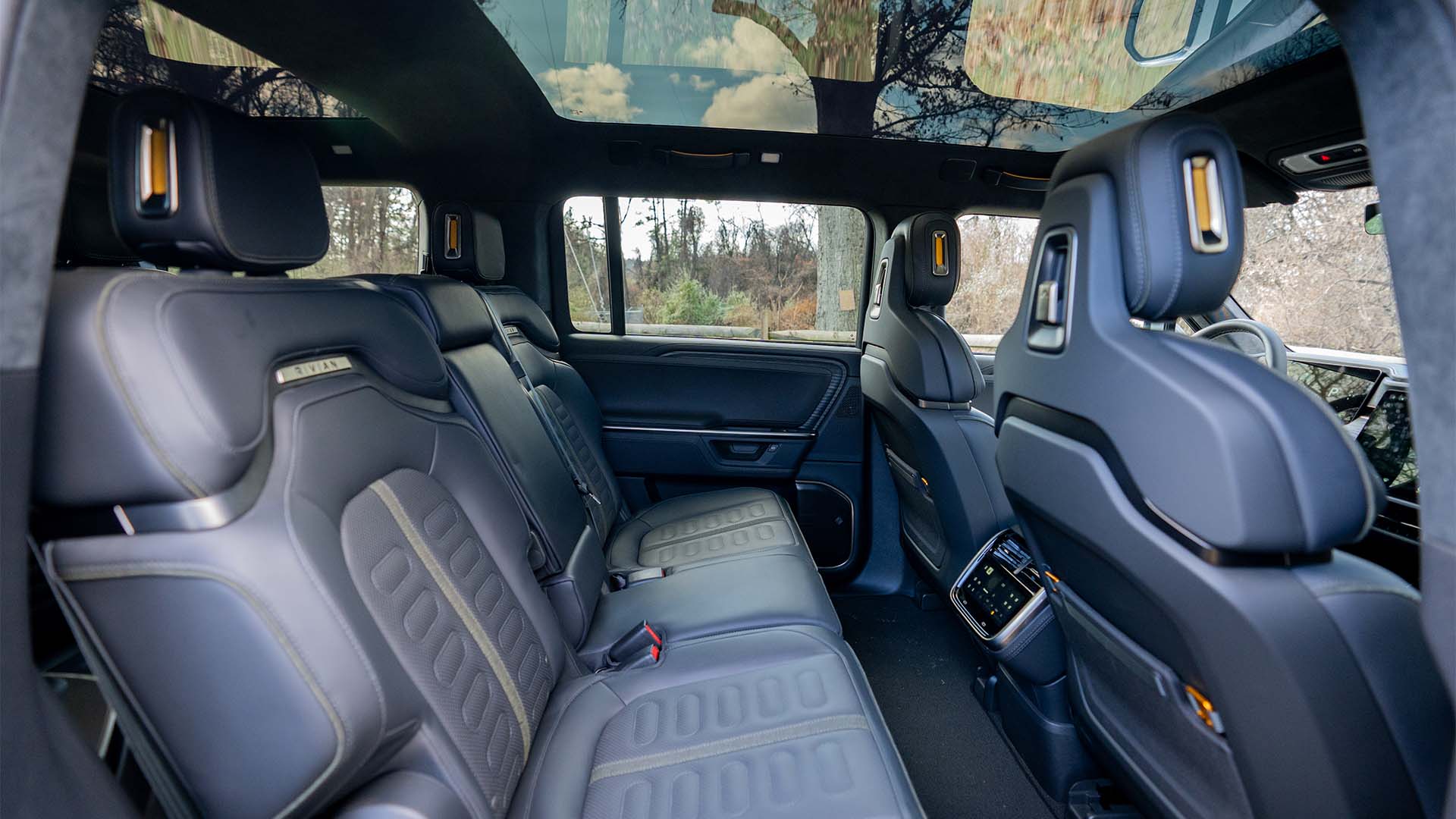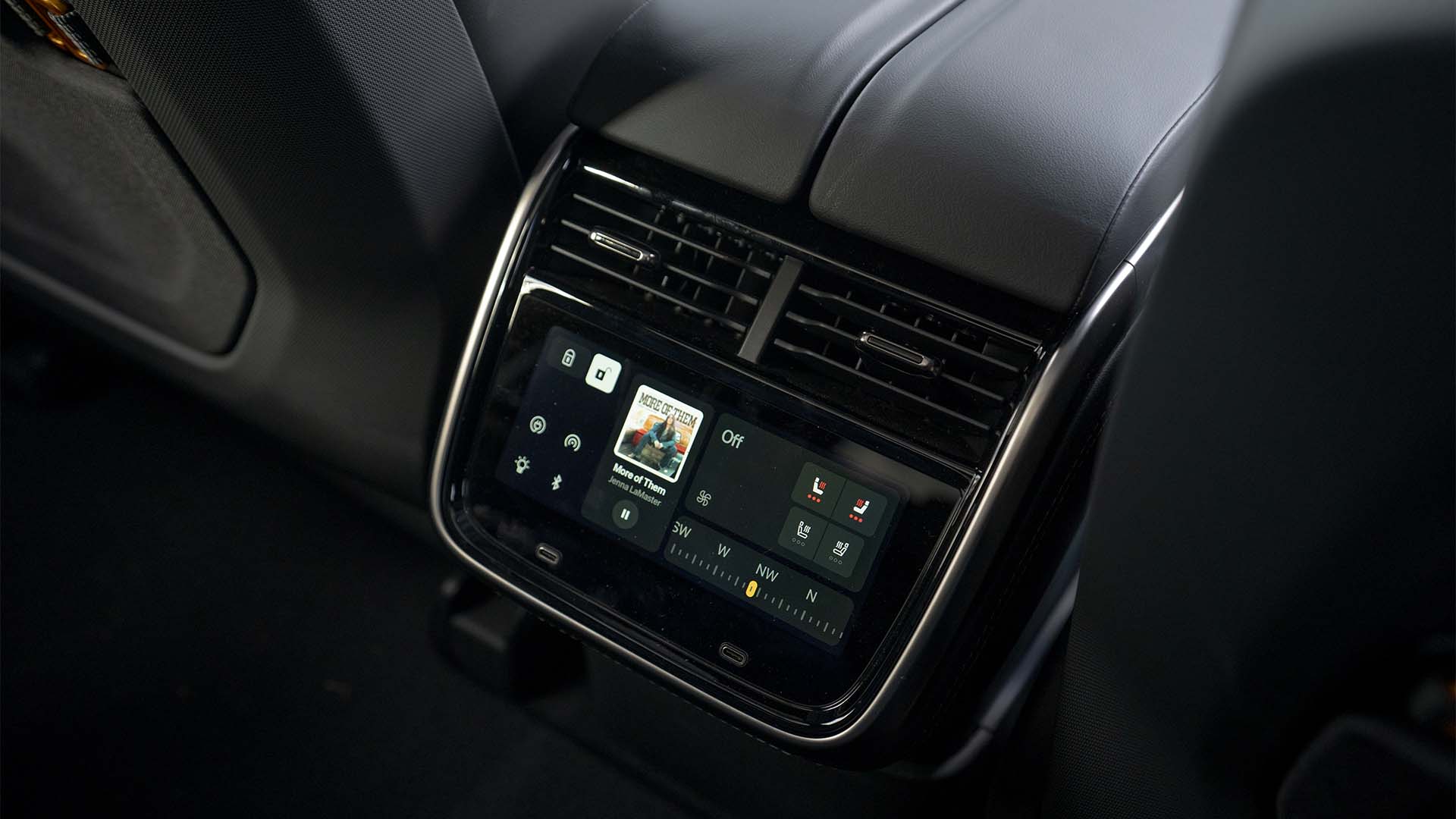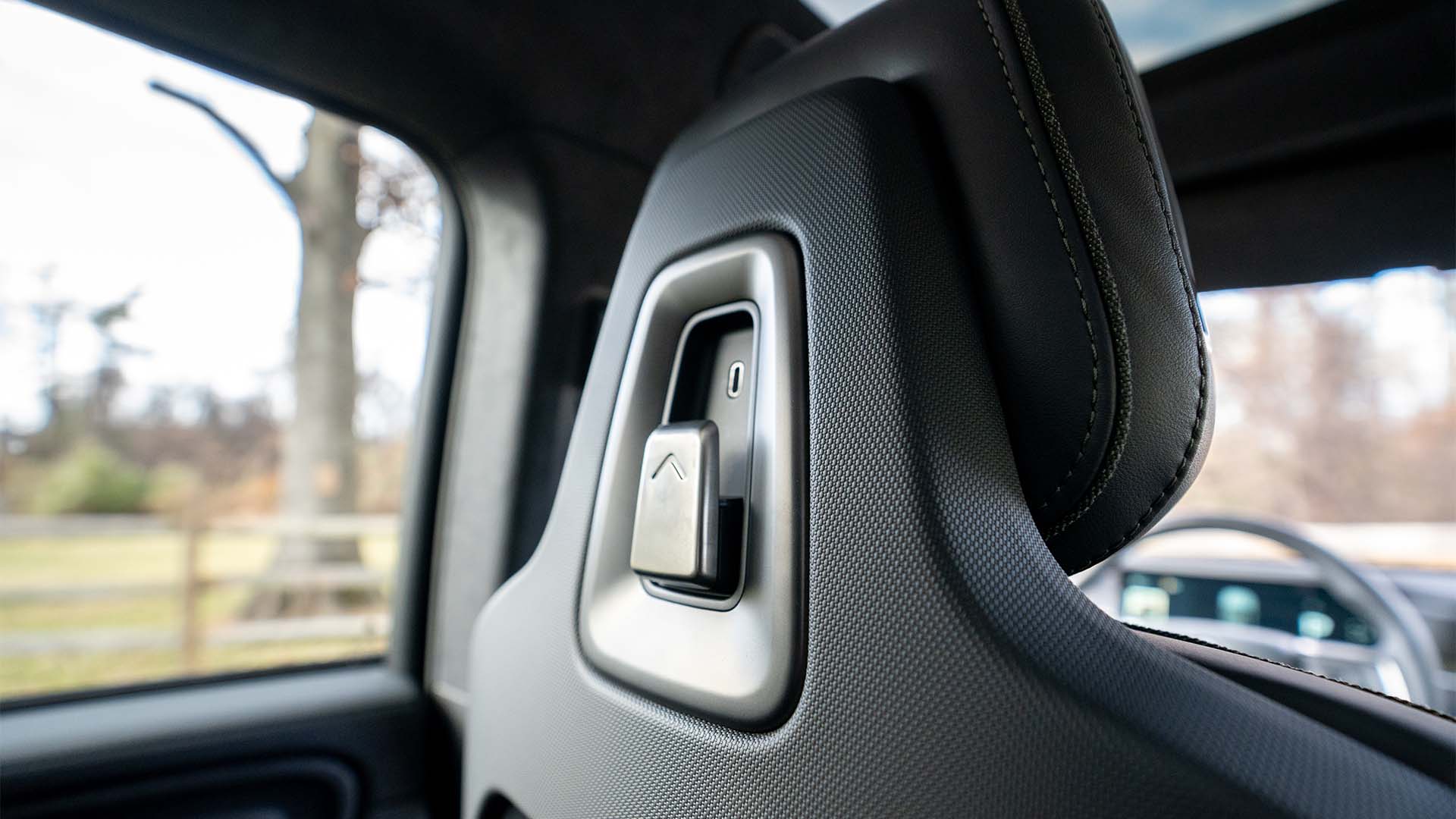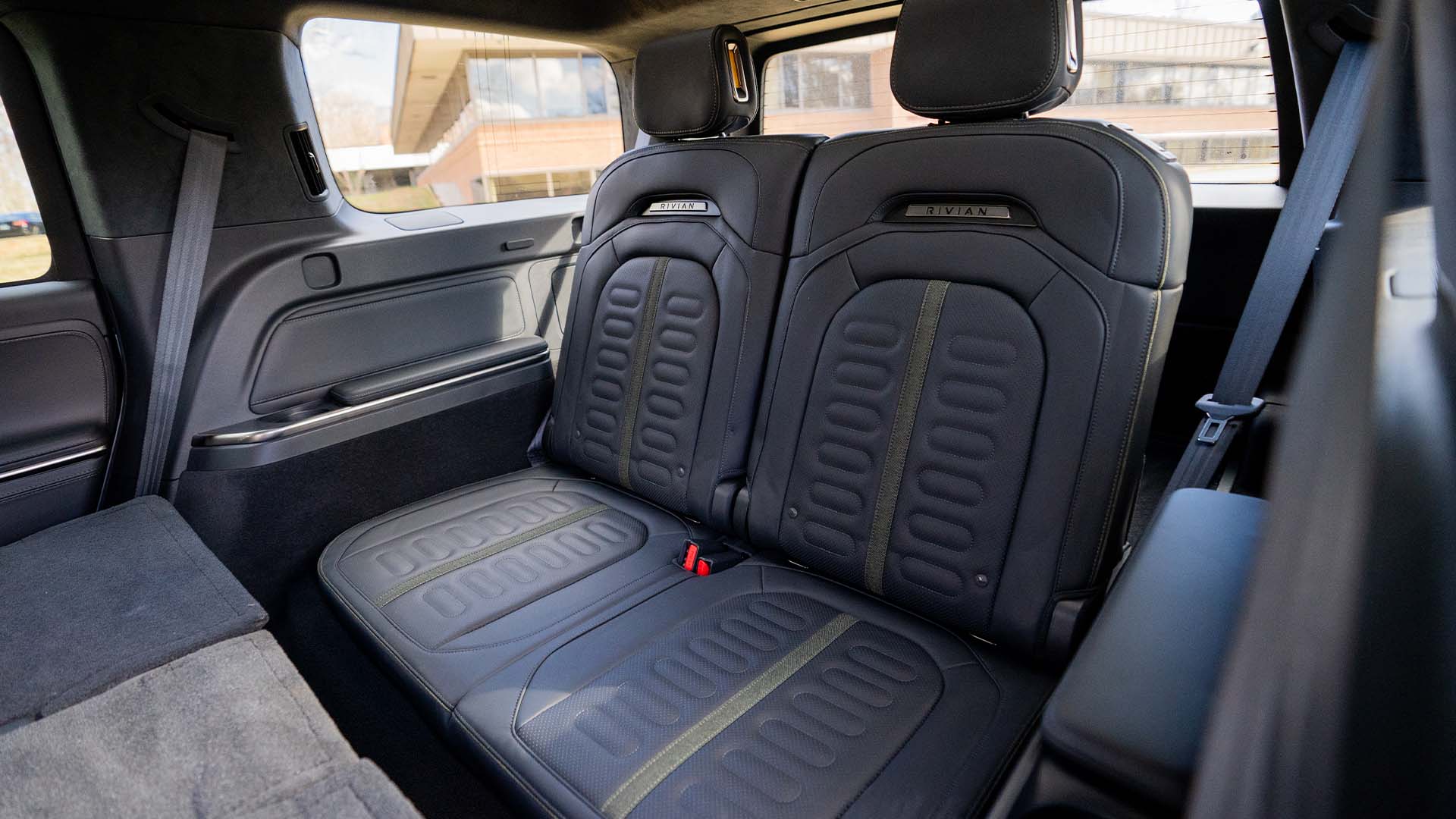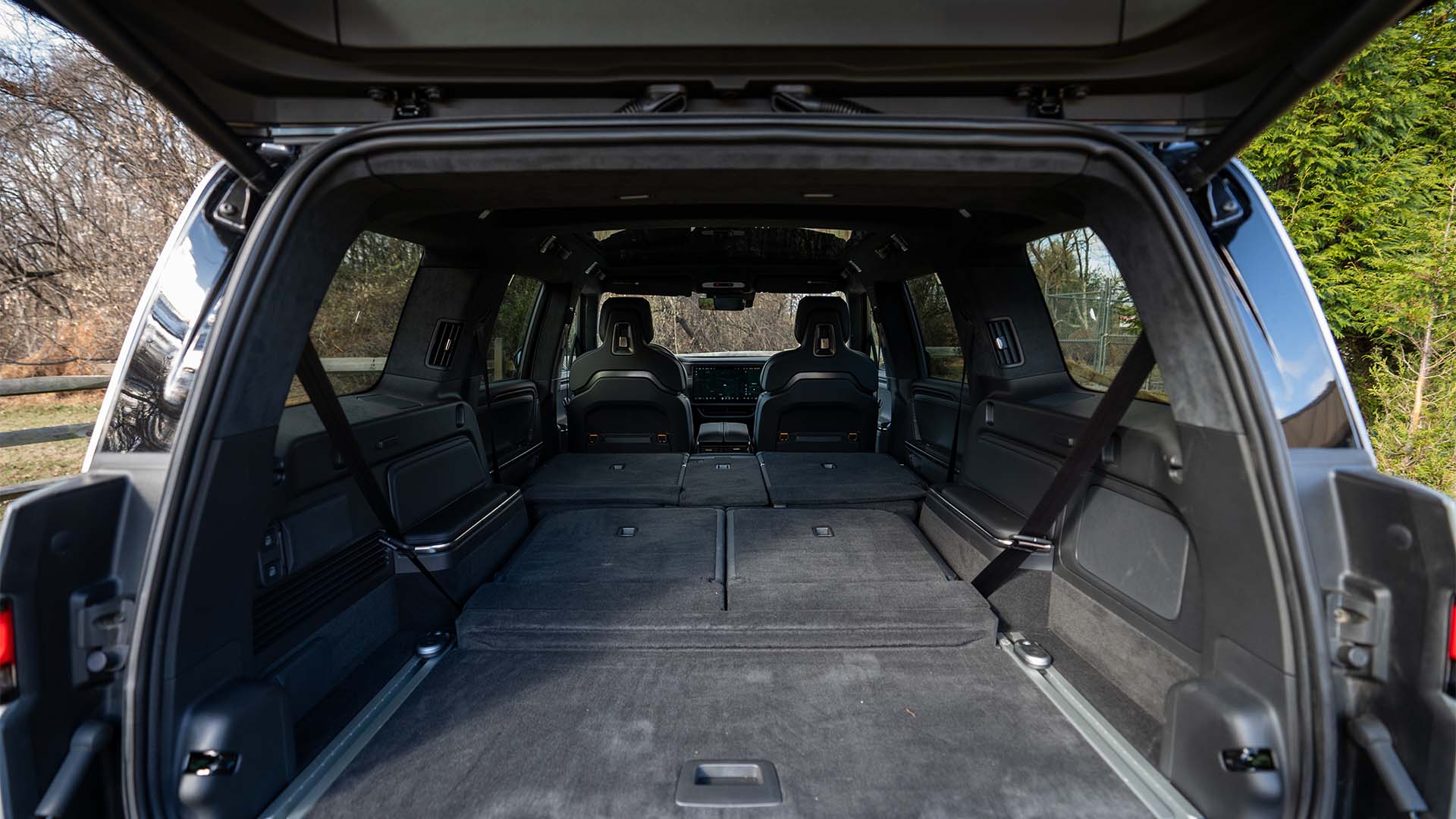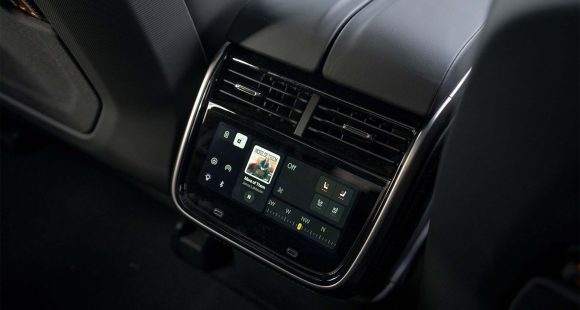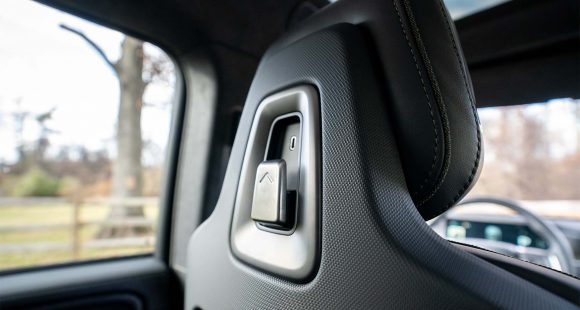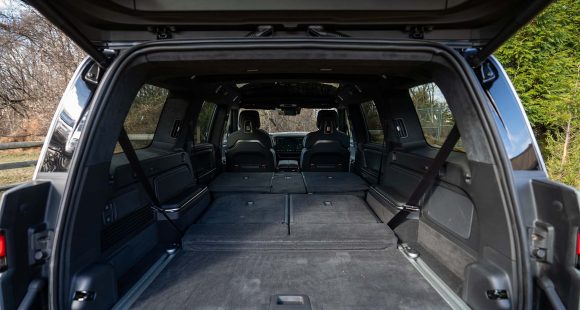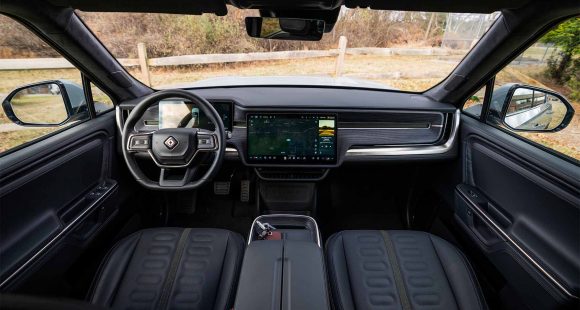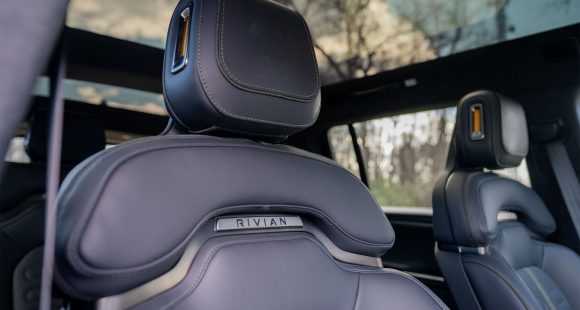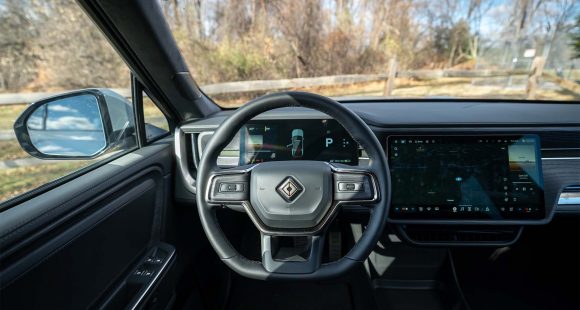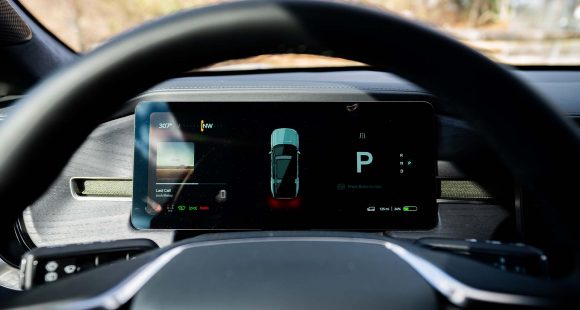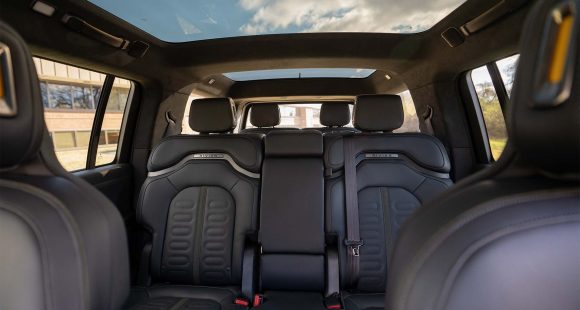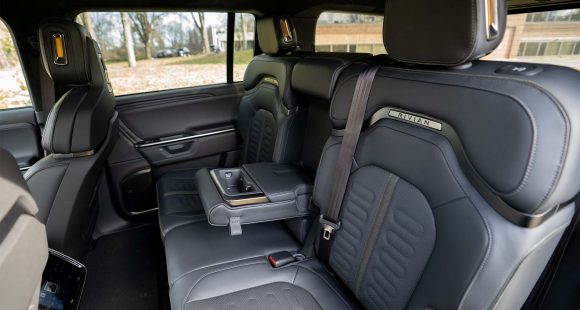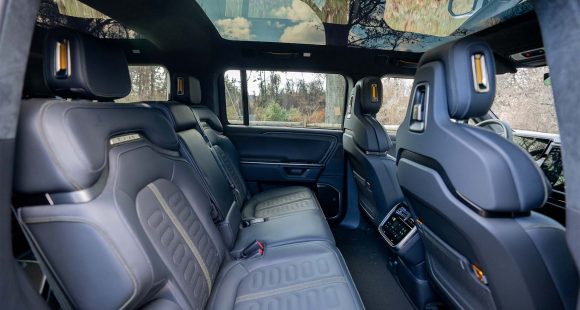2014 Kia Cadenza
Korean sister brands Hyundai and Kia have certainly made their mark on American buyers. Hyundai is now a major player in family cars and utilities, while Kia is approaching premium brand status. In that vain, Kia is now taking a shot at the U.S. full-size sedan segment, one dominated by the Detroit three and Toyota. Kia’s big four-door is called Cadenza. With a solid track record in large cars back home, let’s see if a big Kia plays well here.
While full-size cars are no longer a huge market in the U.S., it is a car class that’s speaks volumes about a brand’s status and aspirations. Witness the boost Chevrolet’s pride is receiving from their redesigned Impala. A well-priced volume brand flagship sedan can also snare a few luxury buyers as well. And, that is the mission of the 2014 Kia Cadenza.
The Cadenza might actually have a broader audience than expected since it is somewhat smallish compared to other large sedans. With a wheelbase of 112 inches, and a length of 195.5, it’s almost six inches shorter overall than Impala, but nearly five inches longer than the mid-size Kia Optima, with which the Cadenza shares more than a passing Euro-themed resemblance.
The styling is very modern, yet not trendy, and should hold up well for the long period of time that big sedans generally go between redesigns. As to the name? For those of you who avoided music lessons in school, a cadenza is the portion of a song where a soloist gets to really show their stuff, and Kia hopes their Cadenza will bring down the house.
 The upscale European influence of the Cadenza’s styling carries over to the interior. It’s driver centric, with nearly flush switchgear, yet clearly luxury oriented. Kia really sweated the small stuff too. Sensible gauges are well shrouded from glare. There are triple-sealed doors and lots of noise insulation to keep things ultra quiet; accompanied by some pleasant looking fake wood trim and soft touch materials.
The upscale European influence of the Cadenza’s styling carries over to the interior. It’s driver centric, with nearly flush switchgear, yet clearly luxury oriented. Kia really sweated the small stuff too. Sensible gauges are well shrouded from glare. There are triple-sealed doors and lots of noise insulation to keep things ultra quiet; accompanied by some pleasant looking fake wood trim and soft touch materials.
A very long list of standards includes auto fold outside mirrors, heated leather seats, navigation with SiriusXM traffic, backup warning with camera, a 550-watt 12-speaker surround sound audio system, and Kia’s UVO eServices telematics which is top notch in ease of use.
Beyond that the Luxury Package adds driver’s seat memory and ventilation as well as panoramic sunroof. While the Technology package adds a raft of safety features including Advanced Smart Cruise Control, Blind Spot Detection, and Lane Departure Warning.
While its “not quite full size” size keeps rear seat legroom far from class best, space is still generous. The seat backs don’t fold however. Still, 15.9 cu-ft of trunk space is quite reasonable.
 The Cadenza shares many mechanicals with the Hyundai Azera and that includes the 3.3-liter V6 with a front-wheel drive 6-speed automatic. It’s the brand’s most powerful V6 to date with 293-horsepower and 255 lb-ft. of torque.
The Cadenza shares many mechanicals with the Hyundai Azera and that includes the 3.3-liter V6 with a front-wheel drive 6-speed automatic. It’s the brand’s most powerful V6 to date with 293-horsepower and 255 lb-ft. of torque.
And much like the Azera, the Cadenza doesn’t launch particularly hard off the line, and power builds gently once you do get rolling. It took 7.0-seconds to reach 60, and 15.5 to see the end of the quarter mile at 94 miles-per-hour. Even using the steering wheel paddles, shifts are not especially quick, but they are premium car smooth.
Through the cones, the Cadenza feels fairly light on its feet, but not so light that you forget how big it really is. There’s plenty of luxury class weight transfer and a soft feel when you ask for rapid response. Unlike other Kias that feel sportier than their Hyundai counterparts, we can’t feel a meaningful difference between Cadenza and Azera, and neither belongs anywhere near a race track. They do belong on the highway where ride quality is downright “plush”. The front struts and rear multi-links are definitely tuned for long distance comfort.
 Government Fuel Economy Ratings are about average for its class at 19–City, 28-Highway, and 22–Combined. We saw a better than expected 25.9 miles-per-gallon of Regular in mixed driving. The Energy Impact Score is average at 15.0-barrels of annual oil use with CO2 emissions coming in at 6.7-tons.
Government Fuel Economy Ratings are about average for its class at 19–City, 28-Highway, and 22–Combined. We saw a better than expected 25.9 miles-per-gallon of Regular in mixed driving. The Energy Impact Score is average at 15.0-barrels of annual oil use with CO2 emissions coming in at 6.7-tons.
There is just one Cadenza trim level; Premium; starting at $35,900. Adding both the Luxury and Technology packages raises that to 41,900. Any way you slice it the Cadenza is a lot of large car for the money.
Indeed, taken as a whole, the 2014 Kia Cadenza does have a premium sedan nature, and yes, posture worthy of a brand flagship, but without going overboard on price. It is sportingly handsome, with a very well done interior, with lots of features, and a great ride. All things that should have Kia dealers, and Cadenza buyers, singing a happy tune.
Specifications
- Engine: 3.3-liter V6
- Horsepower: 293
- Torque: 255 lb-ft.
- 0-60 mph: 7.0 seconds
- 1/4 mile: 15.5 seconds @ 94 mph
- EPA: 19 mpg city/ 28 mpg highway
- Energy Impact: 15.0 barrels of oil/yr
- CO2 Emissions: 6.7 tons/yr
2025 Rivian R1S
Major Reboot for Rivian R1S
With just about every mainstream carmaker now onboard with battery-electric vehicles, EV-only brands are hoping there are still plenty of people out there willing to think outside the box. So, let’s see if Rivians latest R1S utility can make the case for taking the EV road less traveled.
Big changes have happened in the short time since the Rivian R1S first hit the streets three years ago. As for 2025, there are updates that touch just about every aspect of the vehicle. Yes, despite looking almost exactly the same outside, Rivian claims that beneath the surface, their entire electrical architecture has been significantly updated, eliminating a whopping mile and a half of wiring and 10 computer assemblies, allowing for more efficient operation.
But look closely and you will see their signature vertical oval headlights are updated with a new matrix of LED lights that can cycle individual elements on and off to provide maximum illumination where you need it without distracting oncoming drivers.
Not much change in the look of the interior either, but the synthetic leather upholstery is still very nicely done, though most touchpoints feel more rugged than luxury minded. With the exception of a couple controls on the steering wheel, you do still have to do almost everything on the R1S’s 15.6-inch touchscreen, but the user interface has been improved. So, while we do wish they could have reverse-engineered a knob or two into the mix, we realize full touchscreen interface is just what people expect in their high-end EVs these days, and at least it works better than before. And the gauge display still wows you with the amount of information it displays and is mounted high enough that no additional head-up display is needed. A new Rivian Autonomy Platform uses 11 cameras, five radars and A.I. for self-driving, or just to monitor what’s going on around the vehicle even when it’s parked.
This [EV] really feels fast, sitting you up high and throwing you back in your seat with authority.
Rivian has also given the R1S a substantial suspension revision with new spring rates, bushings, and mounts; along with new tuning for the adaptive dampers and roll-mitigation system. It does provide a more balanced street attitude, but it still rides like a truck. That’s great if that’s the experience you’re looking for; not as ideal if you’re looking for more of the smooth luxury-style treatment.
All R1Ss are all-wheel drive, but there’s a wide variety of powertrain options including a new Tri-Motor setup. Outputs range from the standard Dual-Motor’s 533 horsepower to the Quad-Motor’s impressive 1,025. There are several battery packs as well, delivering as much as 410 miles of range, giving the R1S the highest rating of any SUV on the market right now. Our Adventure trimmed tester featured the 665-horsepower Performance version of the Dual-Motor arrangement, with the Max battery and 20-inch wheels with all-terrain tires.
Theoretically, that setup is rated for 370 miles, but perhaps we were enjoying the “performance” theme too much as our results were well short of that, using 68% of the battery to drive only 189 miles, putting our estimated range around 278 miles. Using 43 kilowatts of electricity for every 100 miles earns the R1S a fair efficiency rating.
But all was forgiven at our Mason Dixon test track when this Rivian started blasting us to 60 in 3.8 seconds. Yes, there are faster EVs, but this one really feels fast, sitting you up high and throwing you back in your seat with authority, while the rear of the truck squats down substantially before hurling you off the line and down the track. Power delivery stayed strong the entire time, cranking away until we cleared the quarter-mile in 10.5 seconds at 108 mph.
Despite this utility’s substantial size and weight, we were able to keep a pretty fast pace through the cones of our handling course. The all-terrain tires obviously didn’t grip the pavement as well as all-seasons would, but the low center of gravity kept things very flat. Yes, it does feel very heavy, but the brakes were more than up to the task, stopping us from 60 mph in a very short 103 feet with surprisingly little nosedive and no fade.
Pricing starts at $77,700 for the Dual-Motor with Standard battery pack; our Dual-Motor Performance with the Max battery and All-Terrain Package came in just over $102,000.
While Rivian has had great initial success; sustaining that success will be a much tougher task. But, if they continue to put as much effort into improving their products as they have here with the 2025 R1S, we think their winning streak will only accelerate.
Specifications
As Tested
- Motor Setup: Dual Motor
- Battery Size: 141.5 kWh
- Horsepower: 665
- Torque: 829 lb-ft
- EPA Range: 370 miles
- 0-60 mph: 3.8 seconds
- 1/4 Mile: 10.5 seconds at 108 mph
- Braking, 60-0 (avg): 103 feet
- MW Test Loop: ~278 miles




